How the rising 6mm bore challenges the established order.
The 6mm bore has been around for quite some time, and it has almost always been met with a degree of criticism against more powerful—or common—bore diameters such as the .30, 7mm and even 6.5 as of recent. The bore has been used steadily during the past century in both military rifles and hunting guns, the most common and well-known 6mm being the .243 Win.
Many hunters who use this cartridge don’t immediately associate it with the 6mm class, mostly because of the American language barrier. The parlance has started to change in the past several years with a few chamberings making serious waves in both the competitive arena and for combat use. While there are still limitations to these rounds against the established pantheon of American classics, two of these are well on their way and gaining a serious following.
Enter 6mm ARC and 6GT, two of the cleverest 6mm rounds yet designed.
The Author’s Box Dilemma
When it comes to most types of guns, we are limited to a certain “box” in terms of broad-scale market feasibility. I’ve talked about this concept often on these pages, so I’ll sum this up as the set of dimensions that allow us to have an aftermarket: the Remington 700 footprint and trigger setup in bolt actions, mil-spec AR dimensions, common muzzle threads, the entire concept of SAAMI spec, and so on.
As an industry, we build new from what already exists. We can’t reasonably expect an entirely proprietary system to be immediately successful without at least one standard component or chambering. A brand-new rifle can be entirely different from all others, but it had better take common mags in a common caliber or it risks failure commercially.
The AR and 700-style magazine wells are a small set of dimensions that has served as a graveyard of cartridge designs over the past several decades, with the majority dying off as a result of botched introductions and poor exceptionality—they didn’t do anything better than the next and were eventually dropped.
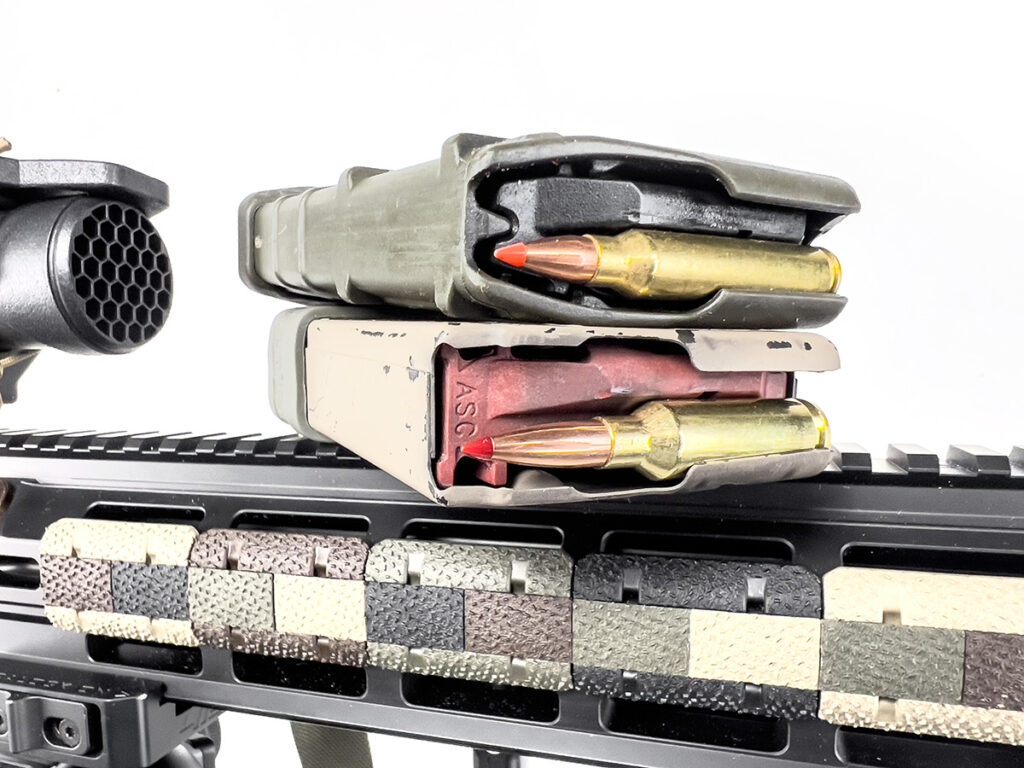
Magazines have also been a weak point, and cartridges that have a hard time feeding in common mags, or mags that simply cost too much to stock up on, also struggle. Because many of these designs were made first and no reliable mags existed in any quantity, they found themselves wanting against established patterns.
For example, 5.56 NATO mags were mastered long ago, as were a variety of 7.62 NATO and Eastern Bloc mags in their own 7.62 and 5.45 cartridges. 6mm rounds have been used in our common mags for years, but never with any high degree of success. Again, the .243 Win. was undoubtedly the only common 6mm cartridge in regular use at the time 6 ARC and 6GT started to gain traction.
Looking at the AR magwell, all future designs are up against the 5.56/.223 Rem. The 5.56 packs a lot of power into a very small space and is lethally effective at ranges many shooters consider it to be outclassed at. At National Match courses, we’re shooting 4X optics at 600 yards in 5.56 NATO. I typically use Black Hills MK262 77-grain OTM, one of the best rounds made for the chambering, and easily one of the most lethal 5.56 loads at any distance that a .22 bore bullet can be made to fly. All things considered, from a weight-to-lethality and accuracy standpoint, the MK262 is hard to beat in most arenas.
Knowing that there is a limited space on common dimensions with which to work, cartridge designers are challenged to try and knock off an existing round … or make one that plays well with others in one way or another. This was a great challenge that the 6 ARC and 6GT have both addressed very well without stepping on toes, so to speak.
6mm Advanced Rifle Cartridge
The long and short of the history of the 6mm ARC involves Hornady, the Department of Defense and the base AR/M4 platform. Hornady began designing their ARC line earlier than you may think, and, in fact, the now-released .338 ARC was the first of them, but it was initially held back. Physically, the 6 ARC is a remarkable little round that can deliver 100-grain-class bullets, usually 103 up to 108 grains, at listed velocities up to 2,800 fps, but most people are firing this in much shorter barrels, closer to 2,600 fps or less. I don’t lose much speed in 14.5- and 18-inch barrels, the latter being somewhat ideal.
Over the years, I’ve shot this cartridge in barrels as short as 12 inches out to 800 yards—and it’s hardly remarkable, just easy to do, at speeds of about 2,450 fps. The 6mm ARC fires long, slender, low-drag bullets that do their job extremely well. I’ve shot 6 ARC past 1,000 yards and, while it doesn’t ring steel as hard as .300 Win. or .338 Lapua, it can do this from a very compact, lightweight semi-auto.
Against 5.56, it offers seriously increased ballistics at distance and is better for hunting medium-sized game. Think of it akin to a .243 Win. in a small-frame AR with less recoil. It suffers regarding magazine capacity and size against 5.56; you will have less rounds for the same mag footprint. While not a shoulder destroyer, it has more recoil than 5.56, even when suppressed—which shouldn’t be a surprise.
That said, the 6 ARC wasn’t designed to compete with 5.56 NATO: Side by side, I’ll always prefer the 5.56 for carbines—but for a long-range AR, the 6 ARC is better. If you’re debating getting something outside the AR platform for long-distance shooting, or for hunting animals up to big whitetails, check into the 6 ARC.
Taming The tiger
To address the elephant in the room, or “tiger” rather, the 6GT was born of a need to compete. And since its SAAMI acceptance, it has continued to gain popularity. But this esteem has largely been relegated to the long-range competition world.
There are already a bunch of articles written on the development of this round, its history in PRS, and its merits for striking plates. But what has seldom been written about is the 6GT as a practical round in a shorter barrel with a suppressor … for the field.
I first shot this round when it was effectively a wildcat and was impressed with the 1,000-yard performance and utter lack of recoil, and the 6GT offers a wide range of benefits over other small-bore precision rounds. It’s somewhat in a league of its own, so it doesn’t directly compete with rounds like .308 Win. and 6.5 Creedmoor, but it does exist within their box with a bit of crossover.

For the reloader, it’s very forgiving and quite mild. Many guys I know are getting long brass life and have improved barrel life over rounds like 6 BR and 6 Creedmoor, as well as an accuracy advantage over .243 and other 6mm rounds due to its design around VLD bullets. It’s a reloader’s dream, and it does really well with some common powers like Varget, which I use in just about everything I load for—from 6.5×55 to .308 Win. Velocity out of the longer comp barrels is usually around 2,900 fps.
For a field crossover gun, there are notable examples of its untapped potential. For one, it marries well with thermal optics. Shooting a suppressed 6GT with thermal is a dream; it shoots flat, hits hard at medium range and is easy to get along with at longer ranges where higher recoil can induce flinching or discomfort.
The round also suppresses extremely well, making it just that more comfortable to use. I opted to use a much shorter barrel than the common 26- or 28-inch competition barrels. The barrel I had specially made for this experiment was a Solus prefit from Straight Jacket Armory, 18 inches long in Heavy Palma contour. This, in a new KRG Whiskey chassis, is field ready and compact … yet it delivers superior accuracy with low recoil and excellent ergonomics. With Hornady factory 109-grain loads, I’m getting a modest 2,675 fps with very low recoil using this shorter barrel. The 6GT fits in well alongside your .308, 6.5 and 5.56 NATO—while doing things its own way.
The Inevitable 6mm
The modern 6mm rounds we’re talking about here have somewhat of an uphill battle with average shooters who can’t see how they integrate into what is already established, yet we see a somewhat global trend to this general diameter. Even Russia is developing a 6mm round to potentially replace both 5.45 and 7.62×39, but that remains to be seen. When 6ARC was introduced, I gave it a good, “We’ll see,” and then I started shooting it and loved it for what it did. My friends also shot it, and the first thing they said was something to the effect of, “It will kill the 5.56.”
No, it won’t.

Likewise, when I started shooting 6GT, I was not convinced that this little plate-ringer was worth it for anything else other than a sport I was exiting. This was largely because the rifles I was using were total boat anchors, and I didn’t see the field utility, especially suppressed. Again, the guys saying it will kill 6.5 CM are just flat out wrong, except in their specific target shooting discipline where there is a never-ending gear race. Yet, as time goes on, the merits of 6mm are becoming more evident.
Cartridge wars, as we call them, are utterly subjective barstool arguments we enjoy having for fun, and nobody gets convinced until they go shooting. You can read these pages all you want, but until you get to the range … you’re just guessing. Rifles are asked to do a vastly different job than handguns or shotguns, and driving innovation in them is based on driving innovation in cartridges, not just platforms, and we see this as a very competitive arena with a number of factors determining what leads to success.
That success simply isn’t based on ballistics alone. Countless examples of internet videos, and plenty of articles, many of which I’ve penned myself on these pages, talk about the superiority or inferiority of given rounds and why some exist in the first place. The modern 6 ARC and 6GT represent some of the best thinking to come to rifle cartridges in a long time, but the downside is that neither will likely see the praise they deserve for this because they are still relatively niche as compared to .308 Win., 6.5 CM or 5.56 NATO, and the representative sample of shooters using them is but a minor fraction of our hundreds of millions of gun owners.

In our fixed space of innovation, we’ve seen some pretty interesting designs that have varied from 5.56 with the intent to defeat it. The 6.8 SPC and 6.5 Grendel were imagined to be the rounds vying to replace the 5.56 in military usage during the War on Terror years. Reading the old articles on these pages, as well as the classic press by the on-the-ground personalities in legacy Shotgun News and others in the gritty pages of Soldier of Fortune, you’d think the 5.56 NATO would be in the dustbin of history by now. Well, that never happened, and the 5.56 managed to curb-stomp everything in terms of popularity.
A good deal of innovation went into the thinking behind both 6.8 SPC and 6.5 Grendel. The exact histories of these rounds are too long to recount here but, suffice to say, both were generally looked at as “better” than 5.56 for fighting use against vehicles, long-range accuracy and more. What they both failed to do was deliver anything worthwhile against advanced 5.56 rounds, considering that was what was in development and the weight savings and true energy gains were simply not enough to ever justify a switch in any direction.
Making the 5.56 rifle platform better was simply easier and more productive, yielding famous iterations like the MK12 SPR and favorites like the M4 variant Block 1.5 and 2 carbines, arguably some of the most popular out there for military cloners today.
The main technical issues came from the on-paper ballistics of these cartridges against what they could deliver in real-world terms. While there were—and are—some good merits, the main problem with the 6.5 Grendel was that it really needed to play with the 120-grain-class .264 bullets to make it worthwhile, and it was ominously compared to .308 Win. at the time, which it certainly cannot match. The 6.5 Grendel is not able to match the 6.5 Creedmoor, which itself is not truly that distinct from .308 Win. in most rifle platforms at normal ranges inside a half-mile. There is a separation at a point, but in general out of a peer-quality rifle, you won’t see a huge difference until your own skill maxes out.
Far too often we see the “numbers people” making a case for one round or another when shooting paper or plates, but I also look at their performance for hunting big game animals. If we’re talking plates, then, sure, whatever rings them best. For bone and flesh on medium to large game, well, that approach is different, and if I had an unlimited budget I’d probably be firing just .338 Lapua or .338 Norma Magnum. If the 6.5 Grendel and 6.8 SPC were really that great, they’d still be relevant, but that’s just not the case—they never left the “niche” classification.
The 6.5 Grendel provided the initial groundwork that would eventually spawn the 6 ARC, likewise the same with the .308 and 6GT. The sports that bred the 6GT were started by guys shooting .308, which at the time was the predominant long range-round aside from .300 Win. Mag. The honing of both rounds for the AR and the 700 short action eventually culminated with the modern “ultimate” long-range rounds being 6mm. It could be said that the 6GT is a downgrade in terms of power over heavier bullets, especially when compared to 6.5 Creedmoor. It is likely true that the 6.5 CM and .308 Win. are better as hunting rounds, but the 6GT is absolutely notable for just how easy it is to shoot.
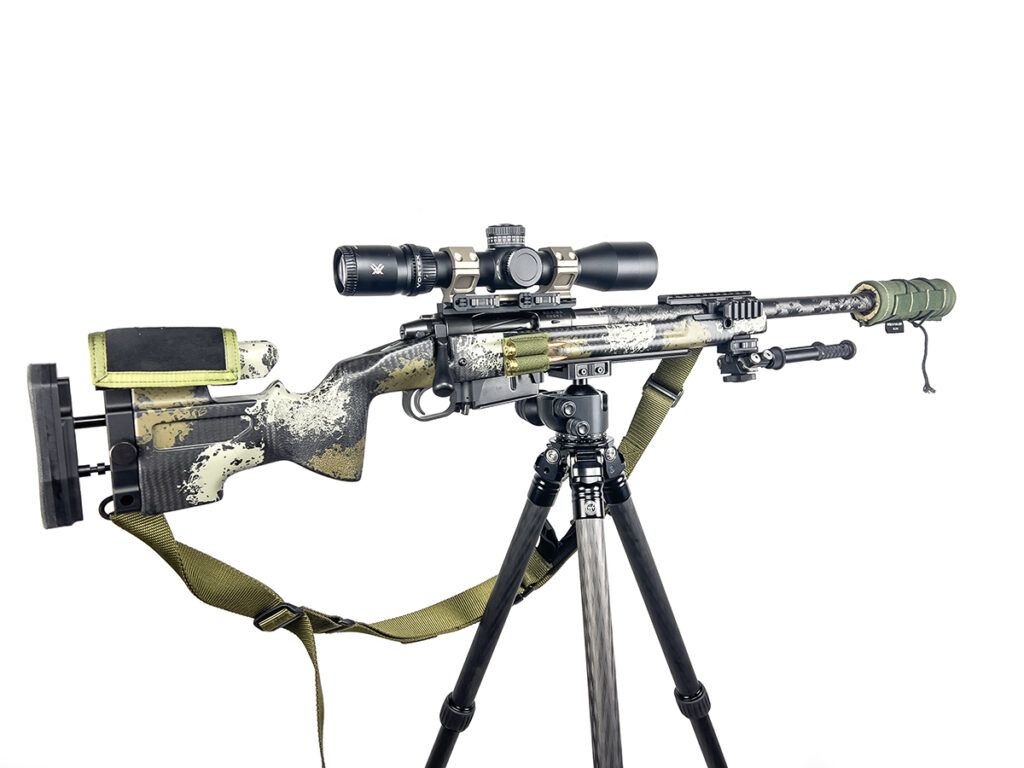
If There Was Only One
If there had to be just one between the 6mm ARC and 6GT for general use, I’d have to give it to 6 ARC on the merit that it’s accomplishing a good amount of what the 6GT does … but in a small, light semi-auto platform. While my own 6GT build here is fairly light and short, I’m not getting close to the desired 2,900 fps from a short barrel, but it’s one-hole accurate at 100 meters. The 6 ARC in 18-inch length for the AR platform is getting most of that speed with most of the bullet weight and is fast for field use. If you’re a reloader or competitor, the 6GT is probably the better choice with lots of excellent options for brass and bullets.
This is an exciting time to be in the 6mm game, and I’m sure there will be much more coming as more people jump on the bandwagon.
Editor's Note: This article originally appeared in the October 2025 issue of Gun Digest the Magazine.
More Rifle Ammo:
- A Closer Look At Hornady's .22 ARC
- .45-70 Ammo Buyer's Guide: The Good Kind Of Big Gov't
- Holland's Super 30: .300 H&H Magnum
- .22LR Ammo Top Hunting Loads Tested
- .22 Nosler Overview: Ballistics & Beyond
- Is .220 Swift Still The Reigning Speed King?
- Four Great .223 Remington Loads

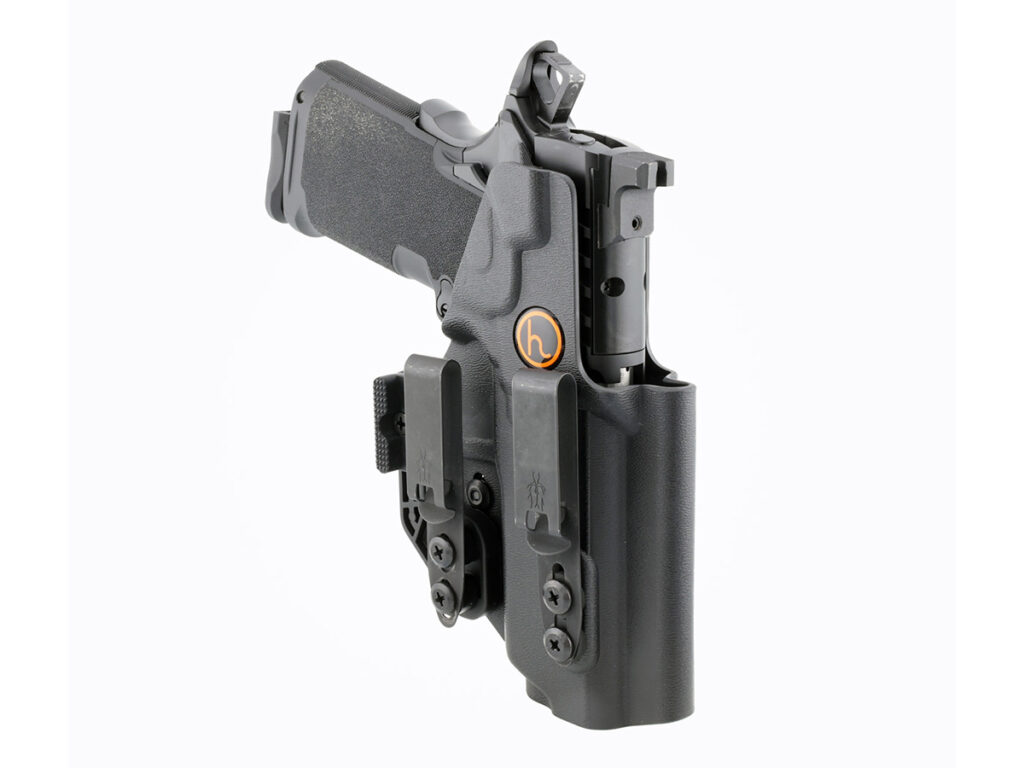
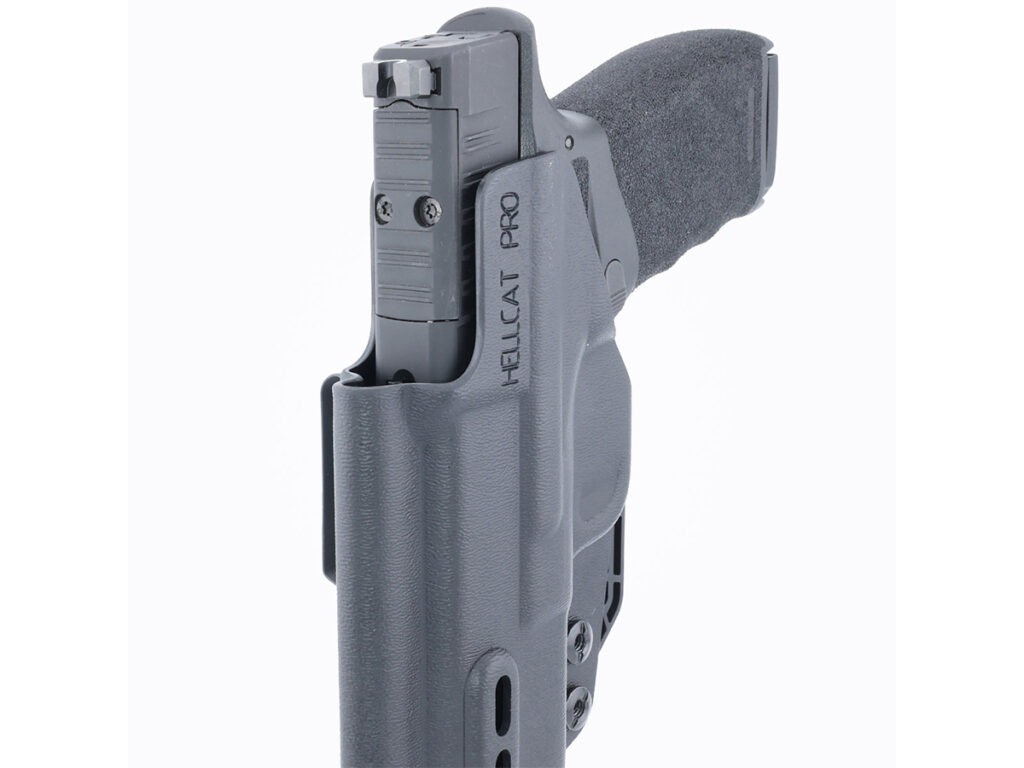
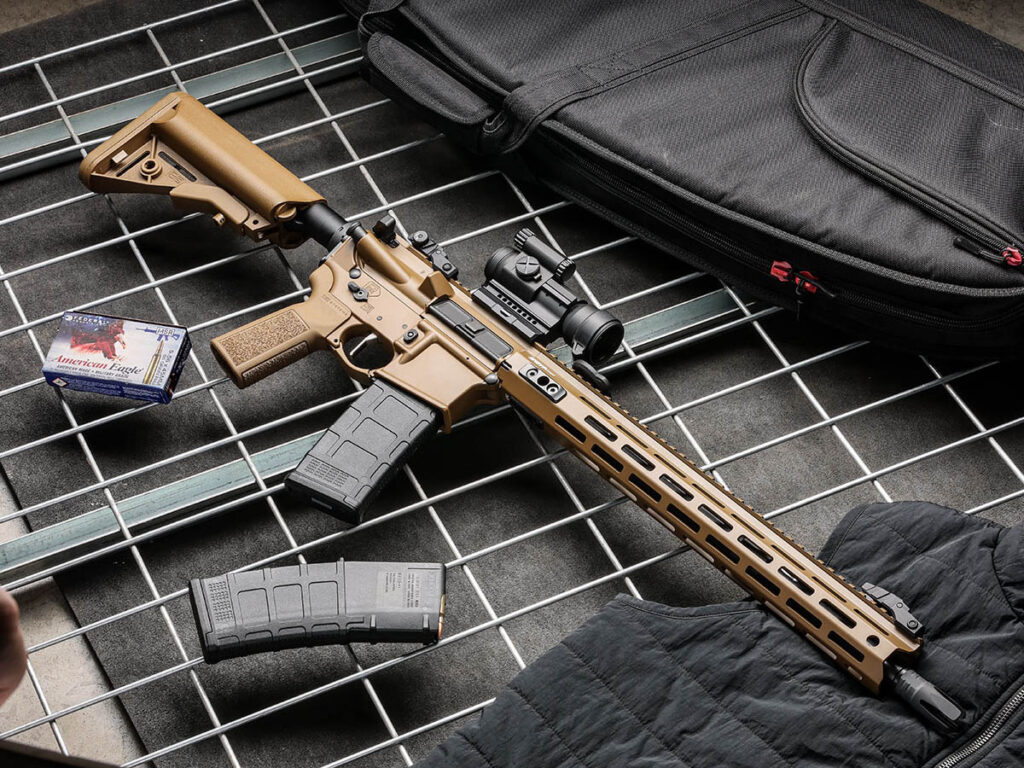
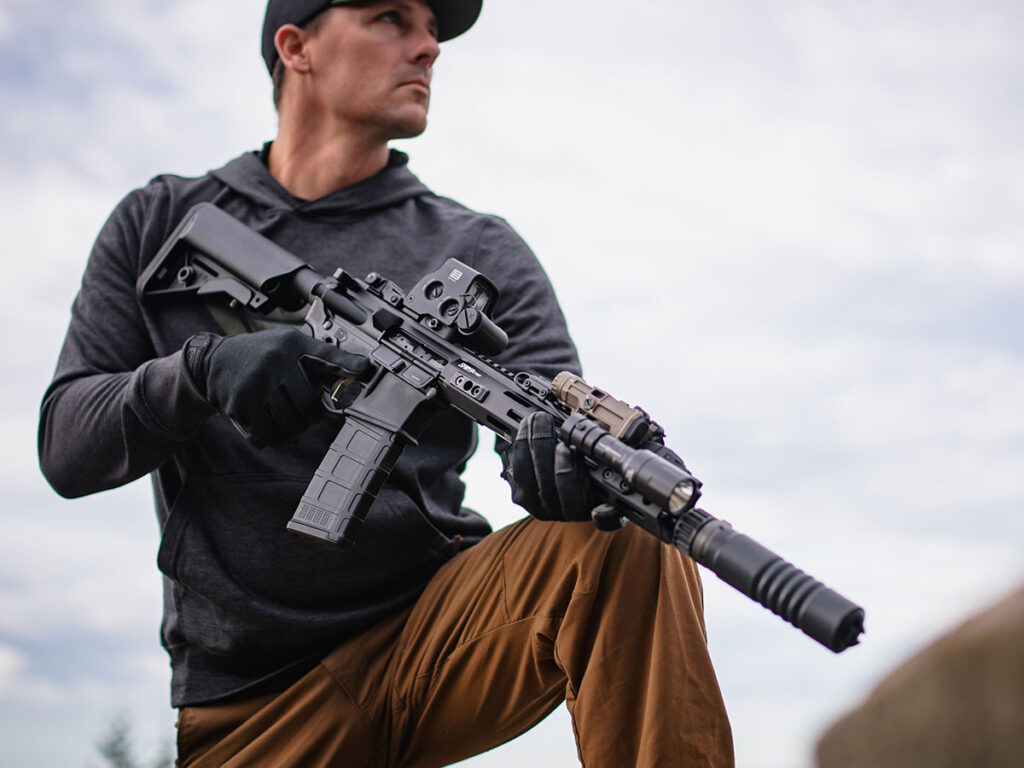
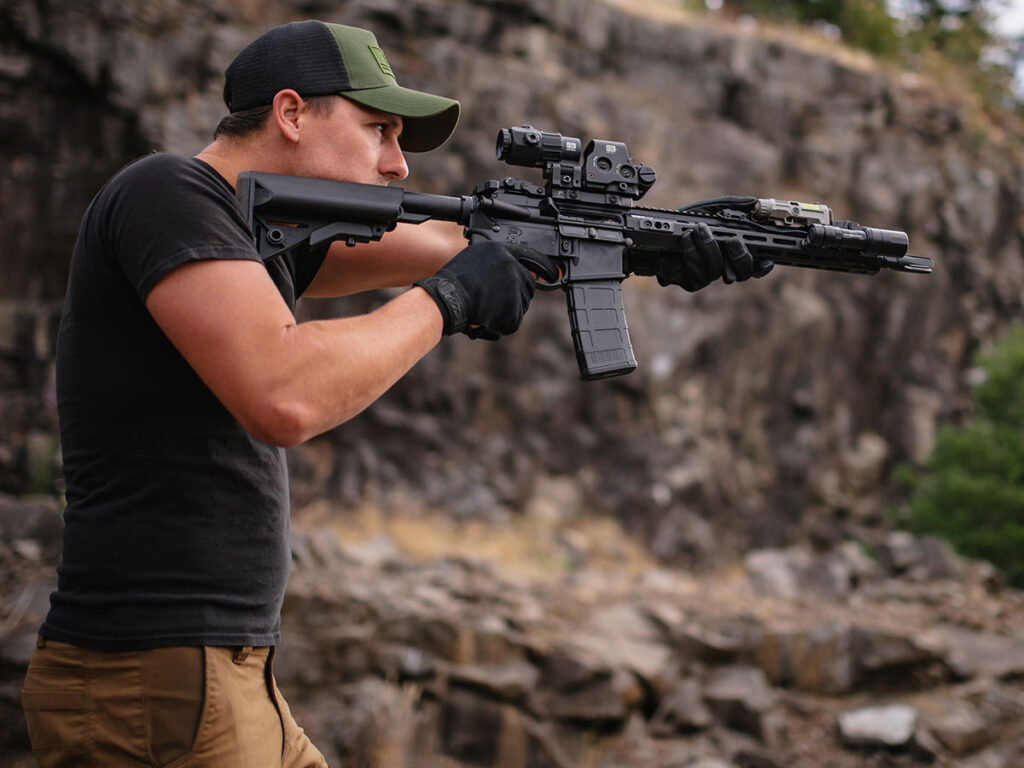

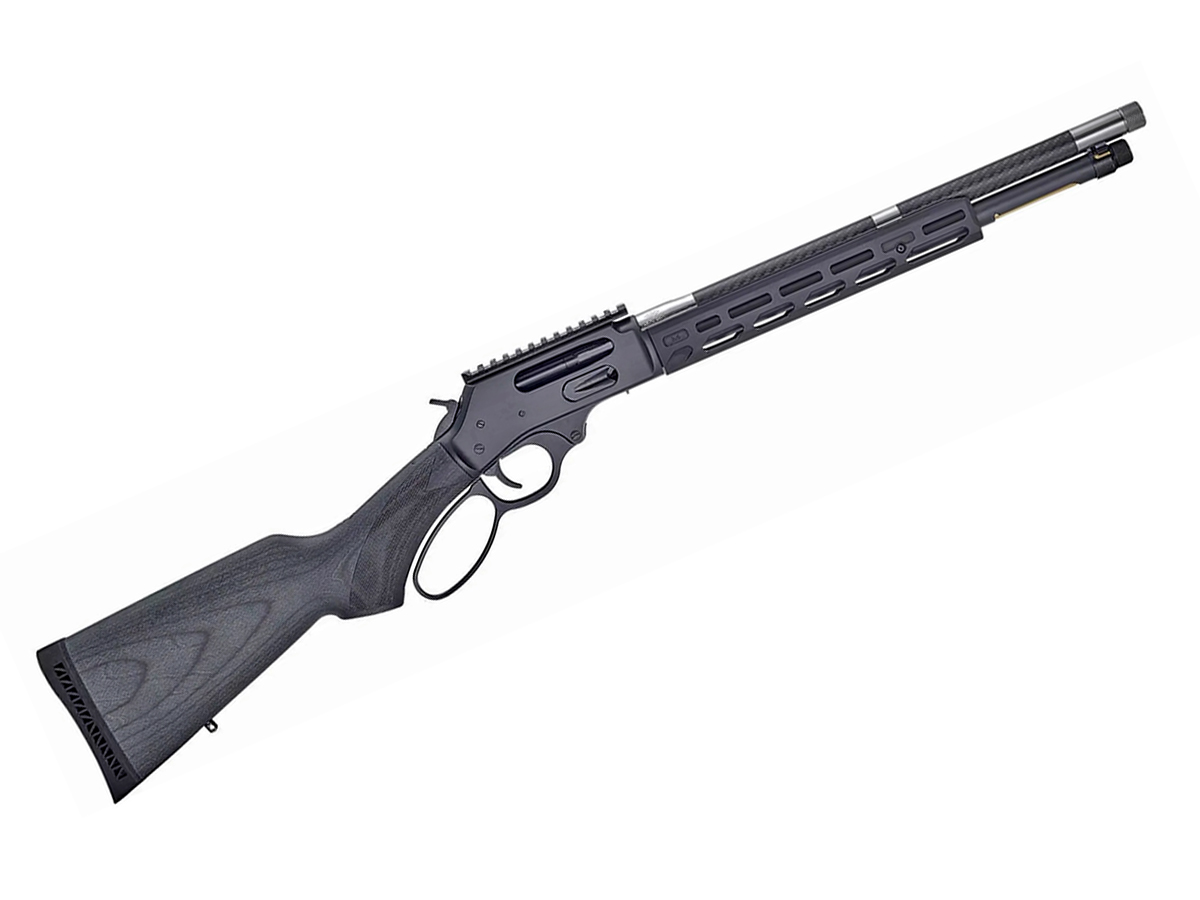

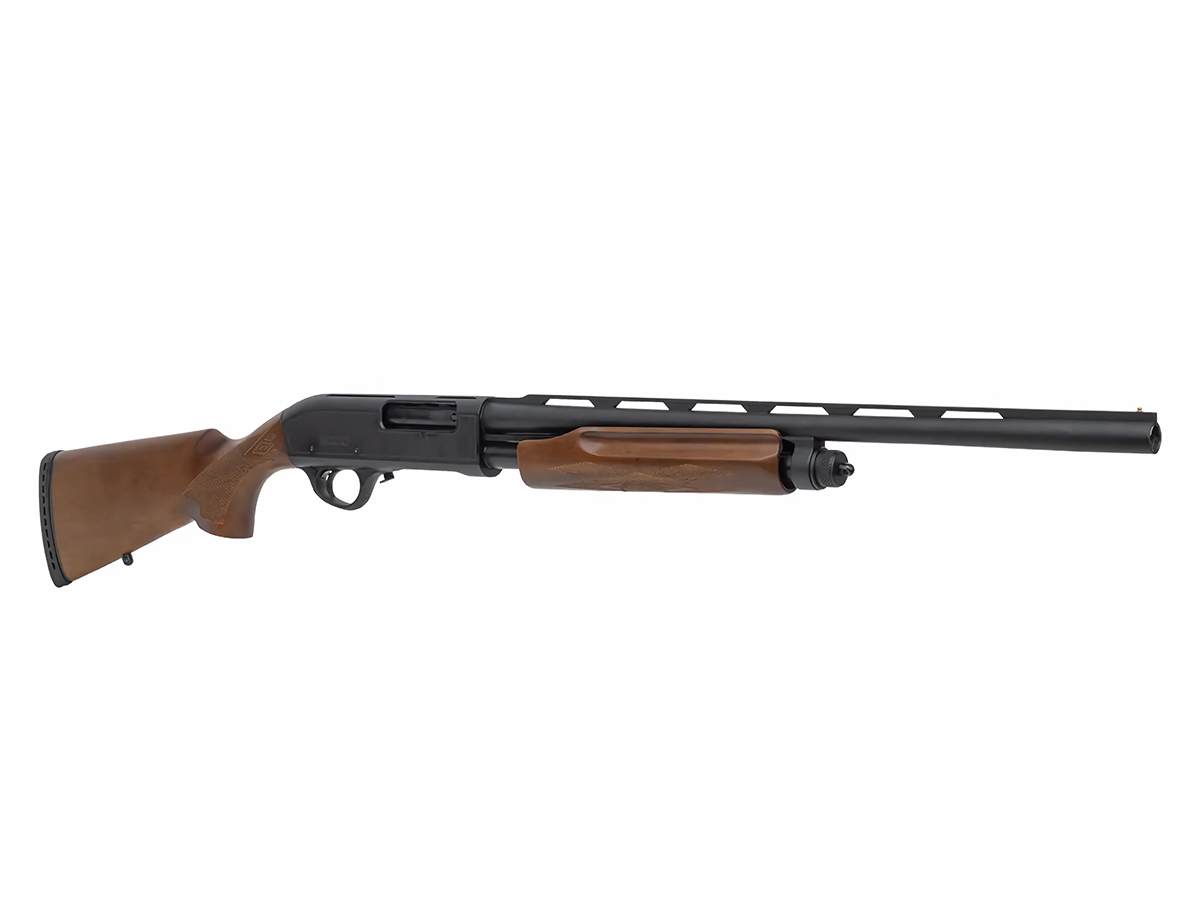

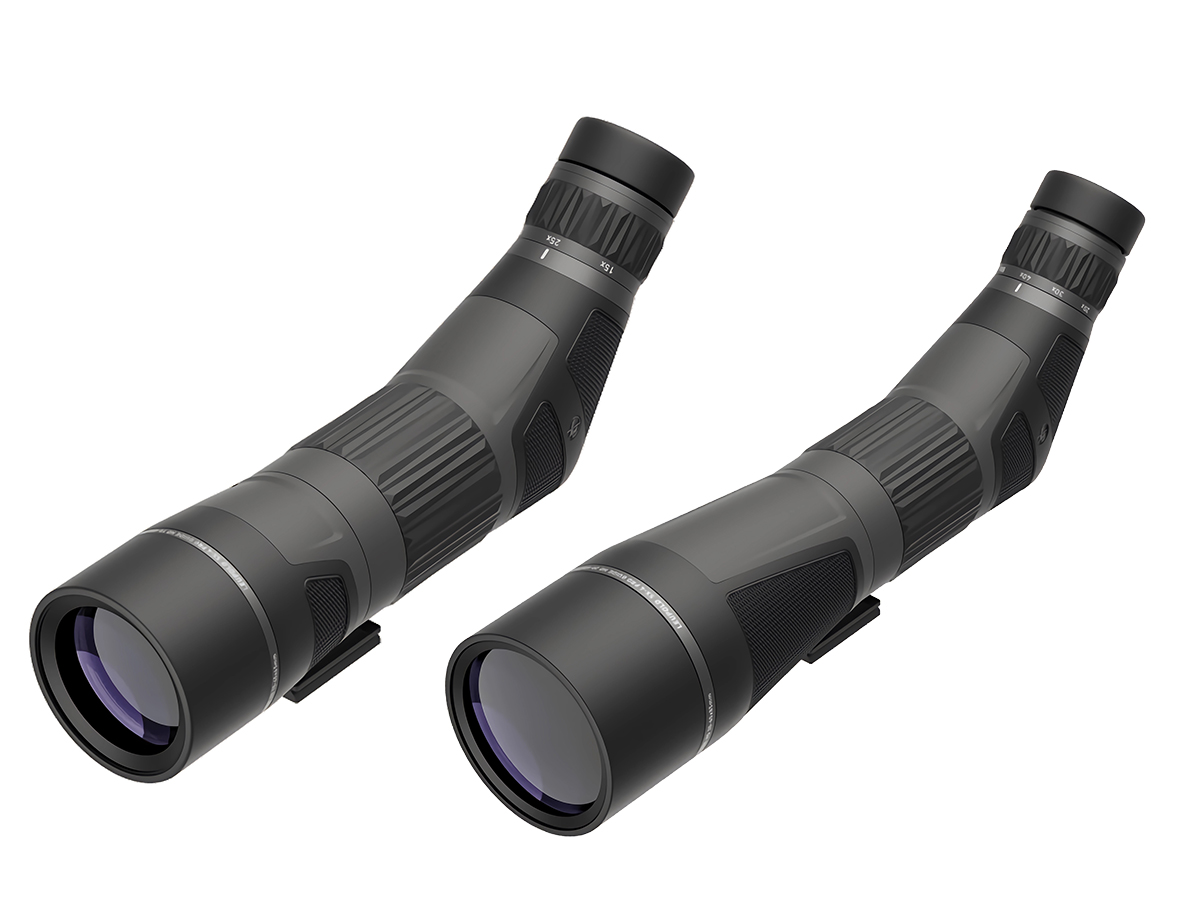
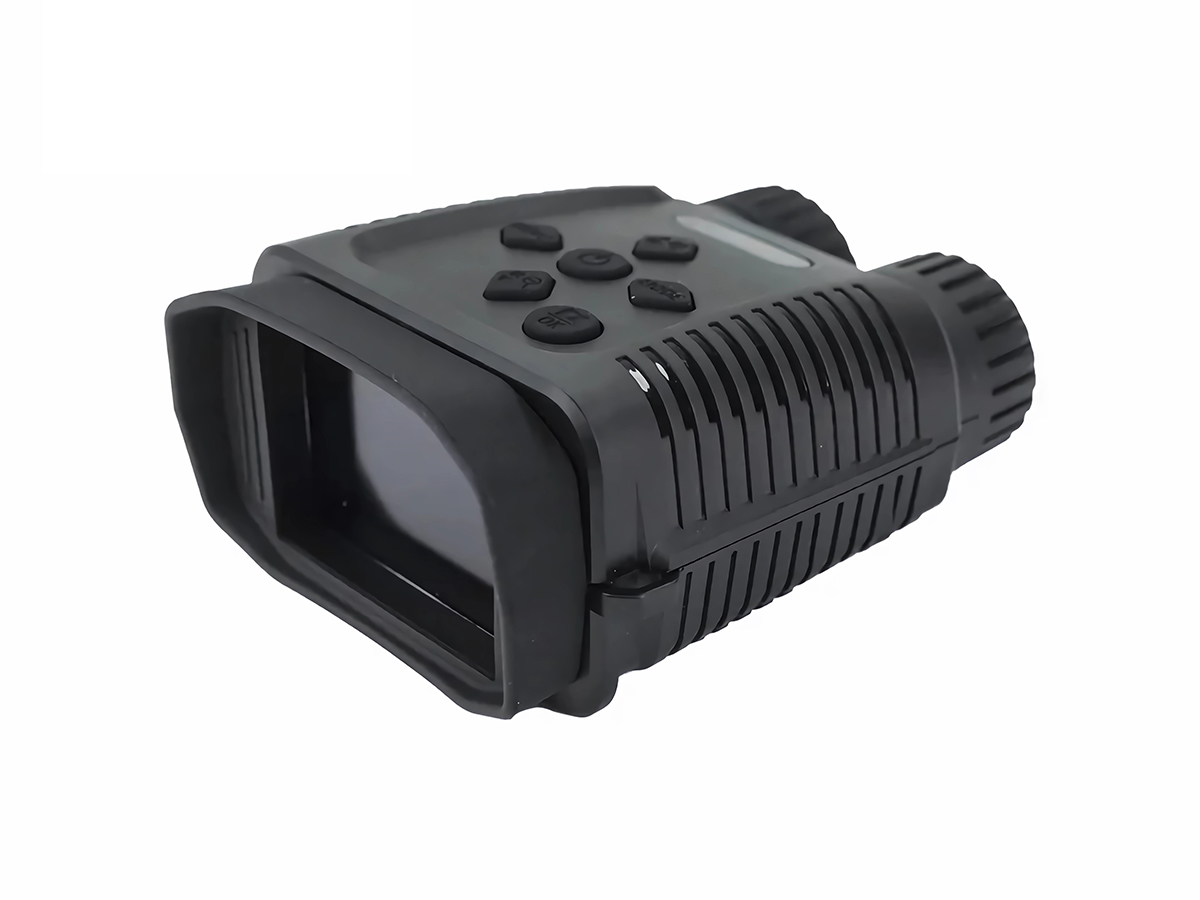
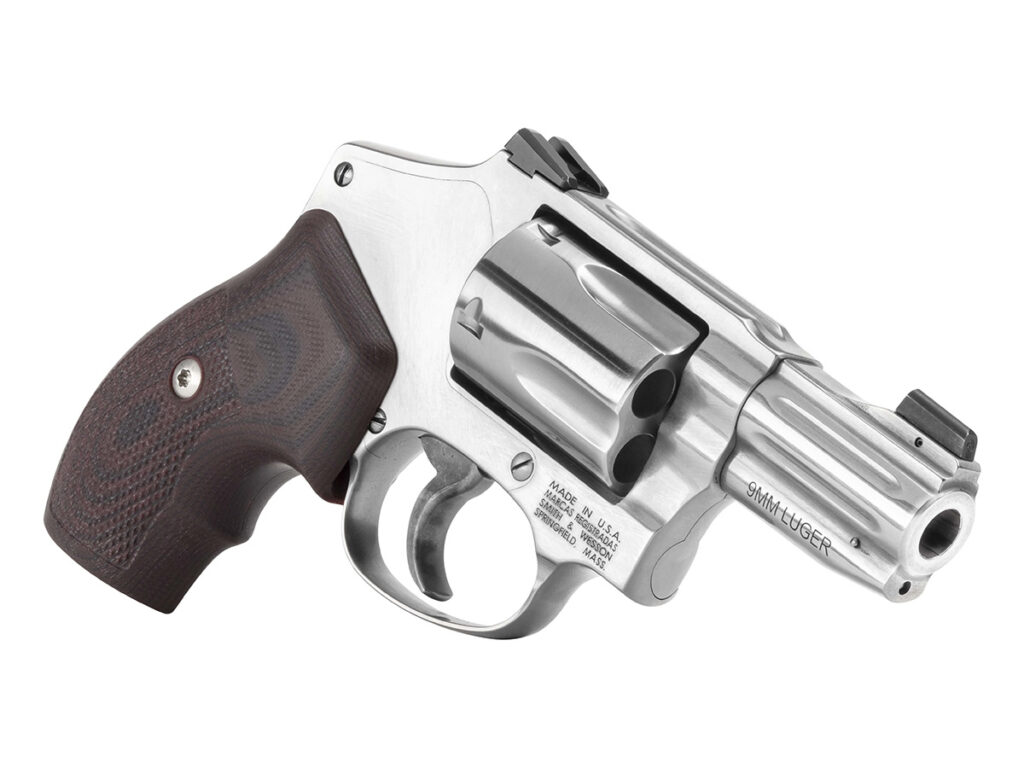
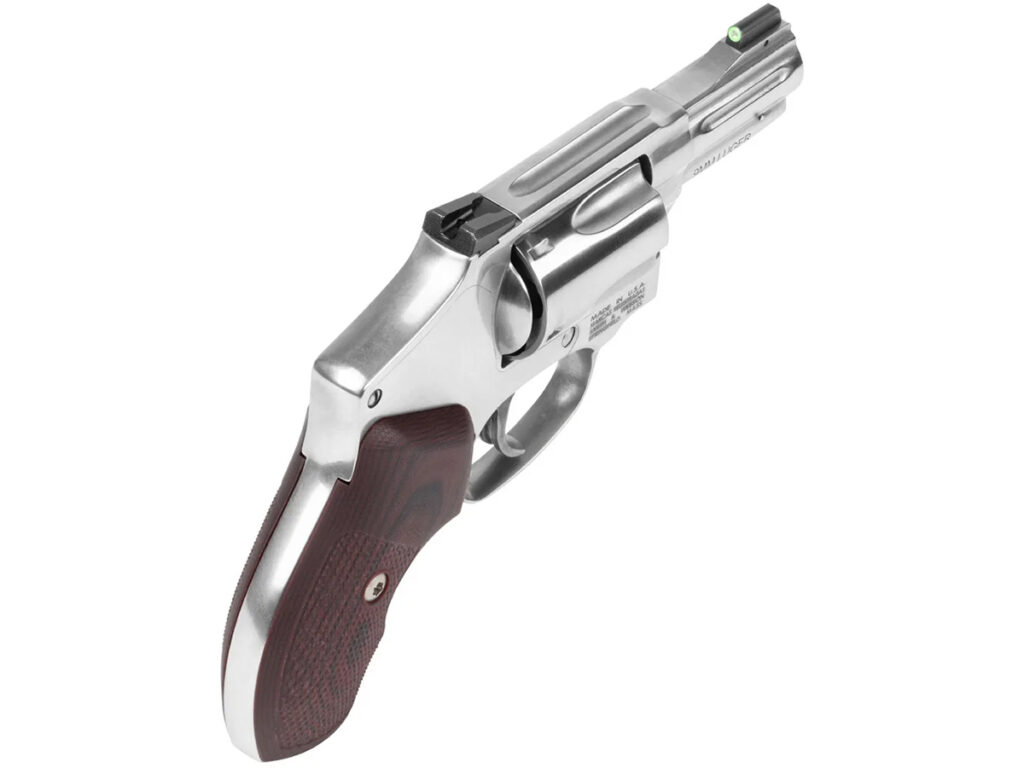
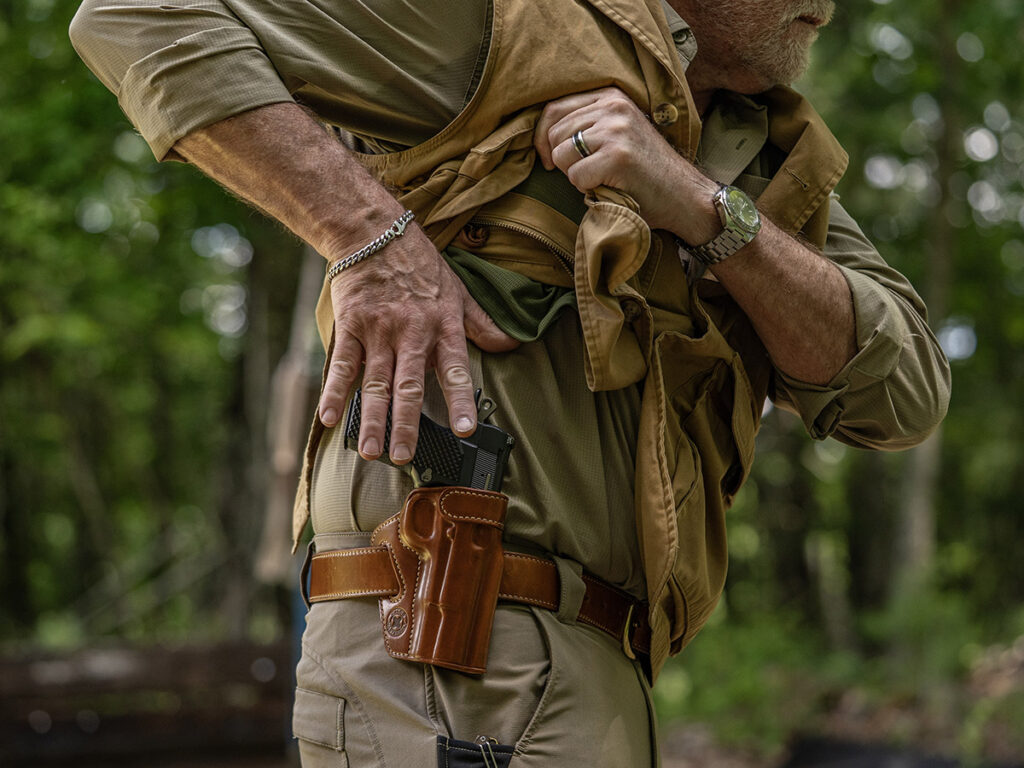


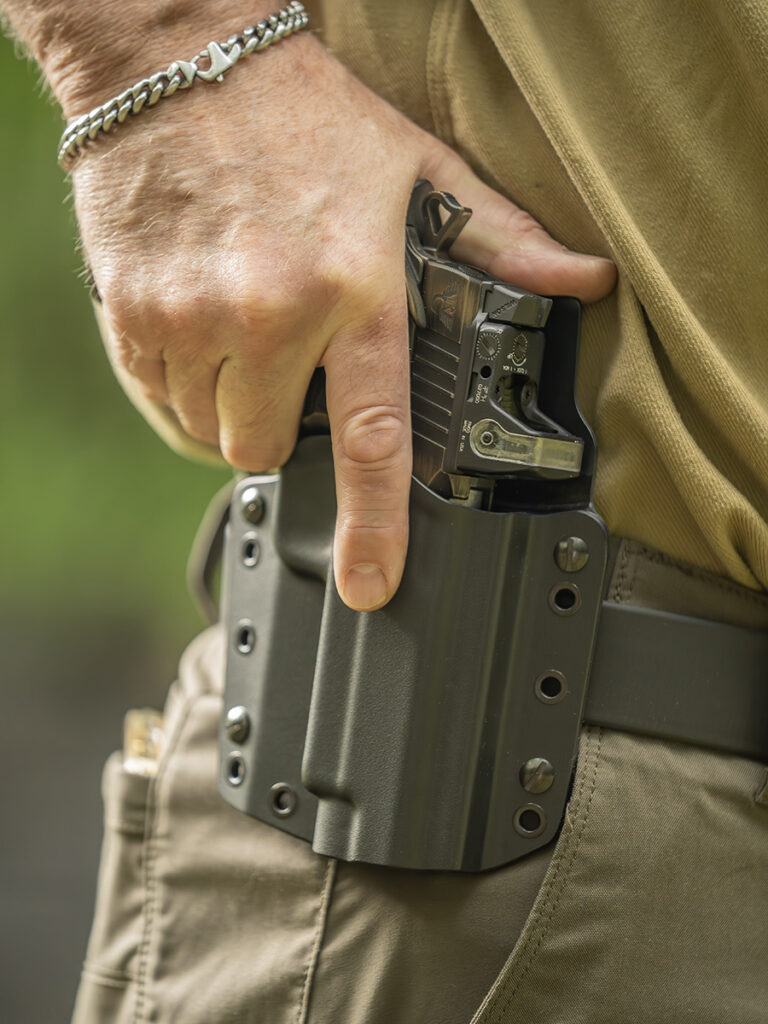
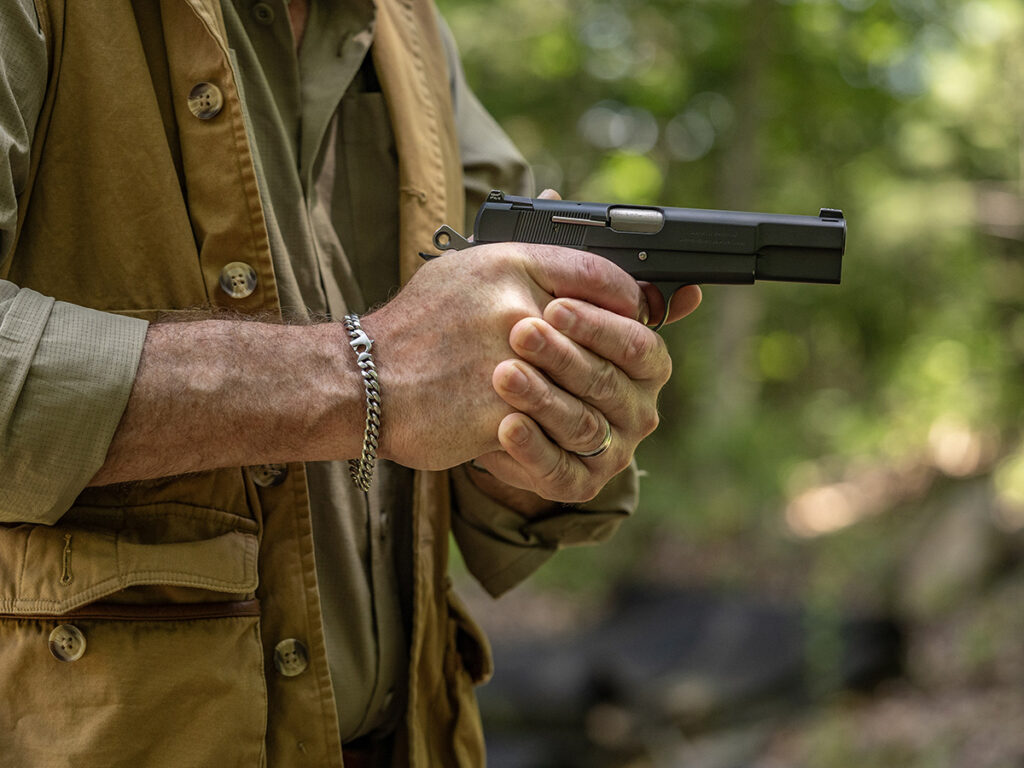
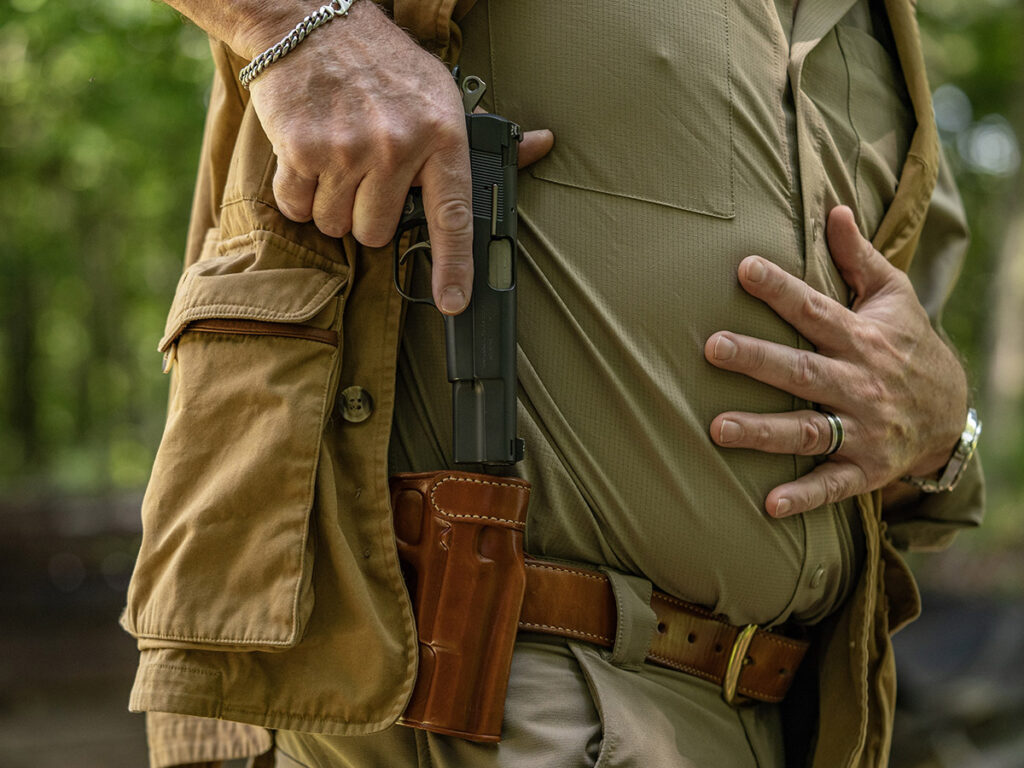
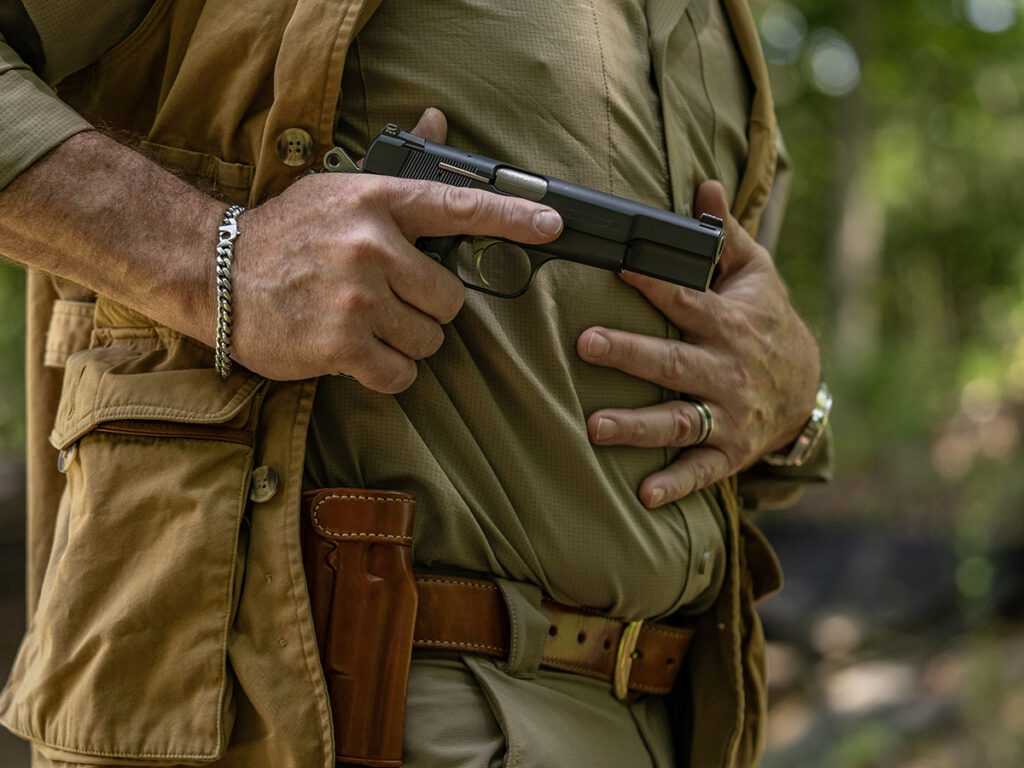


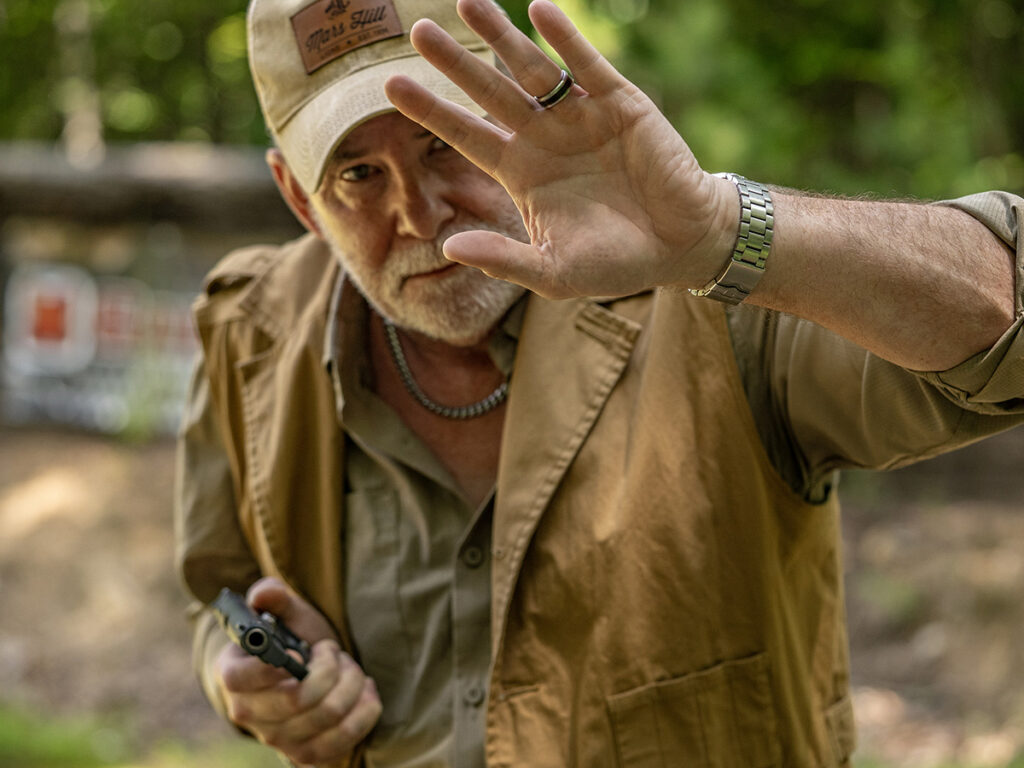
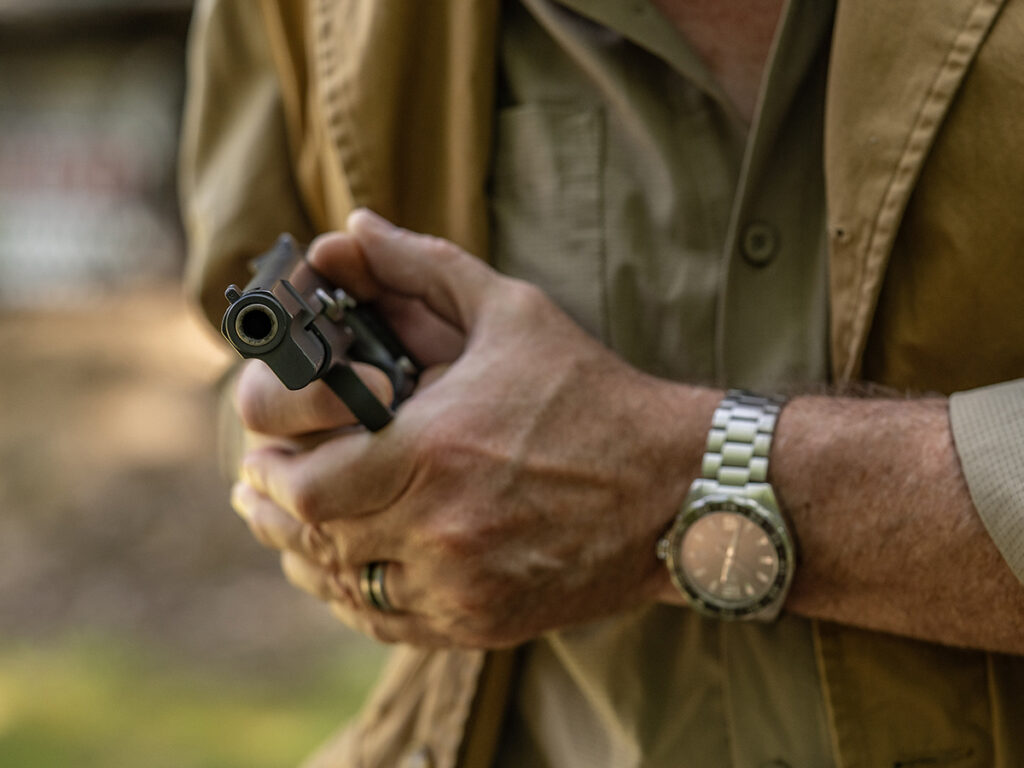
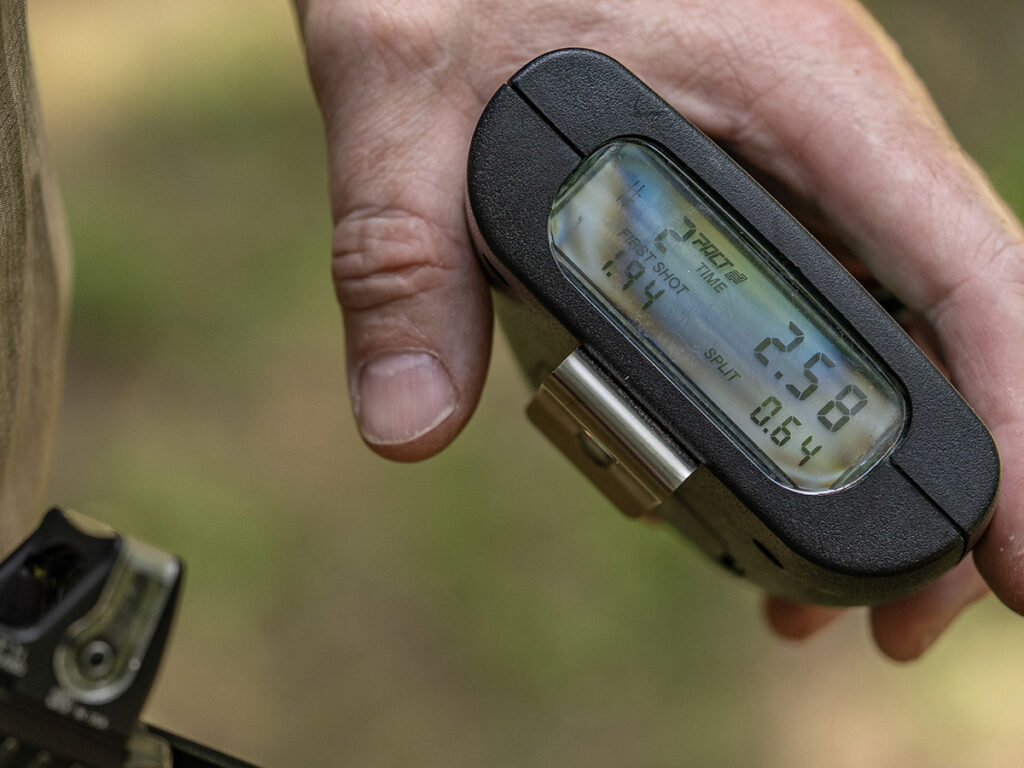
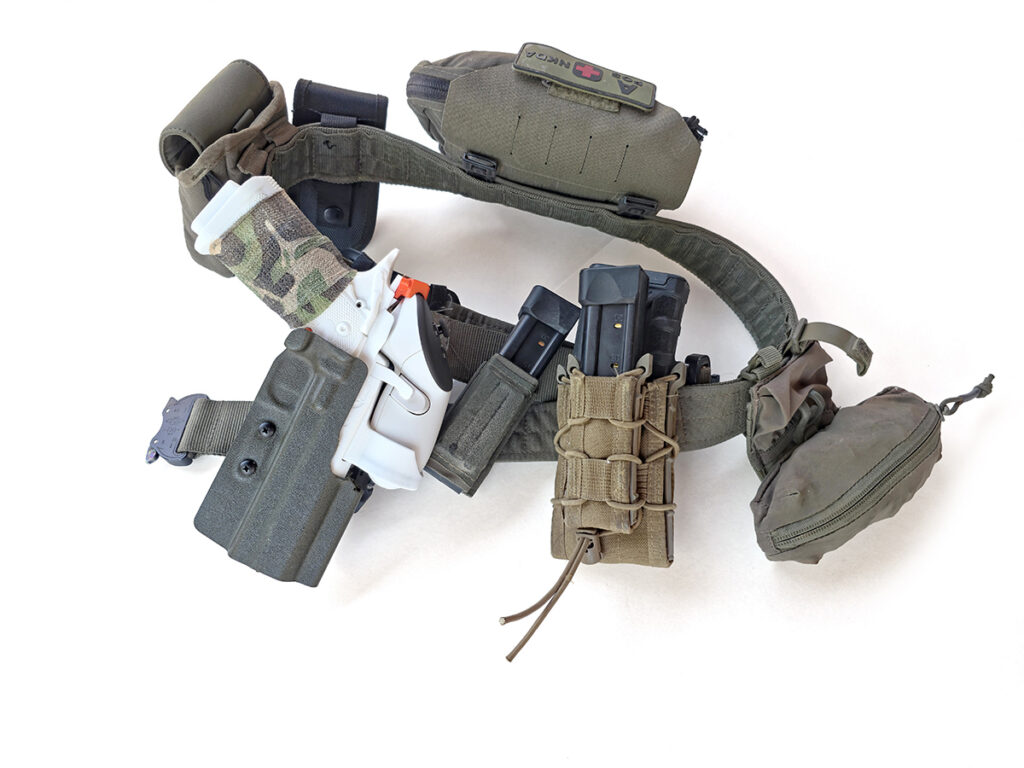

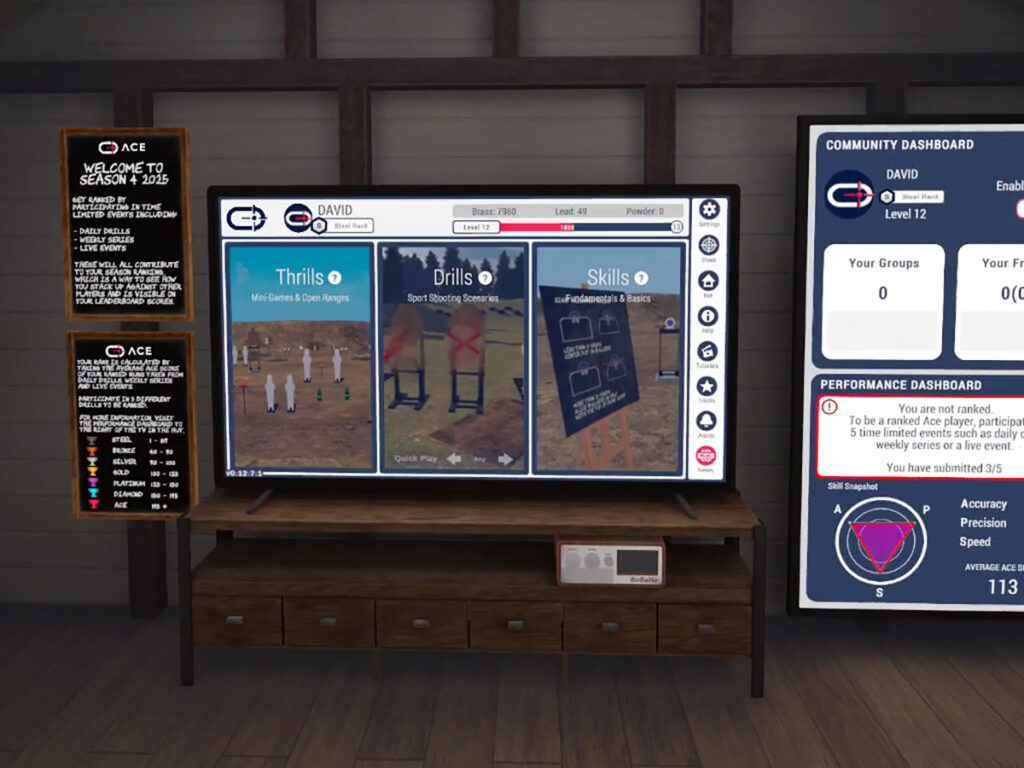
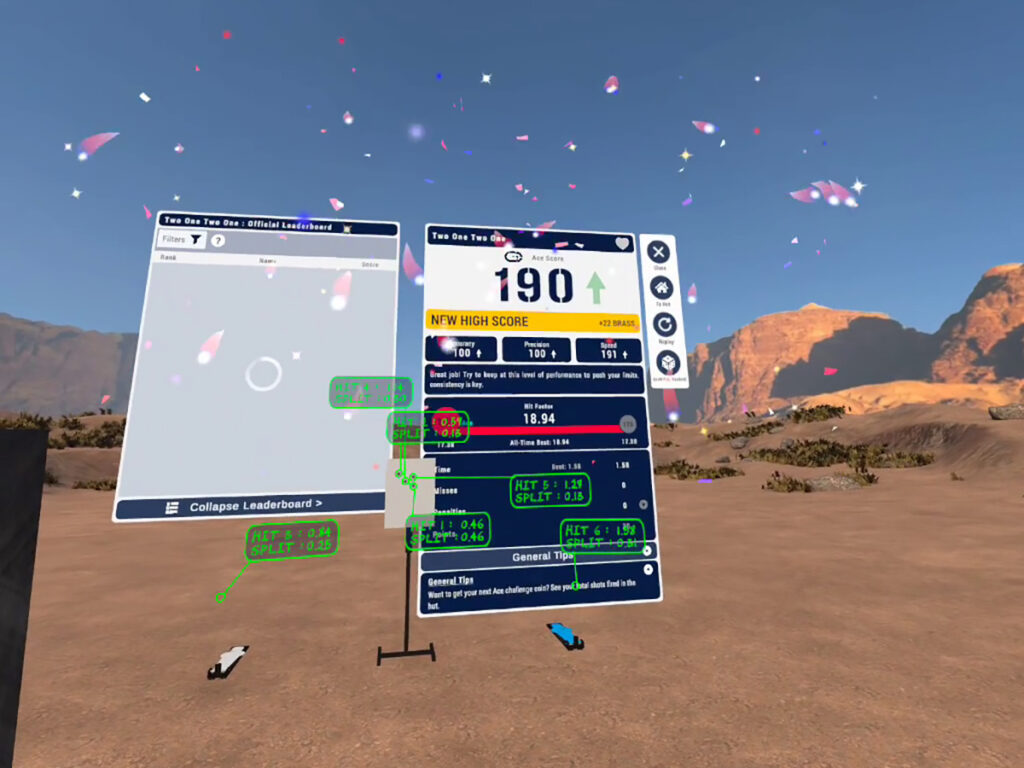

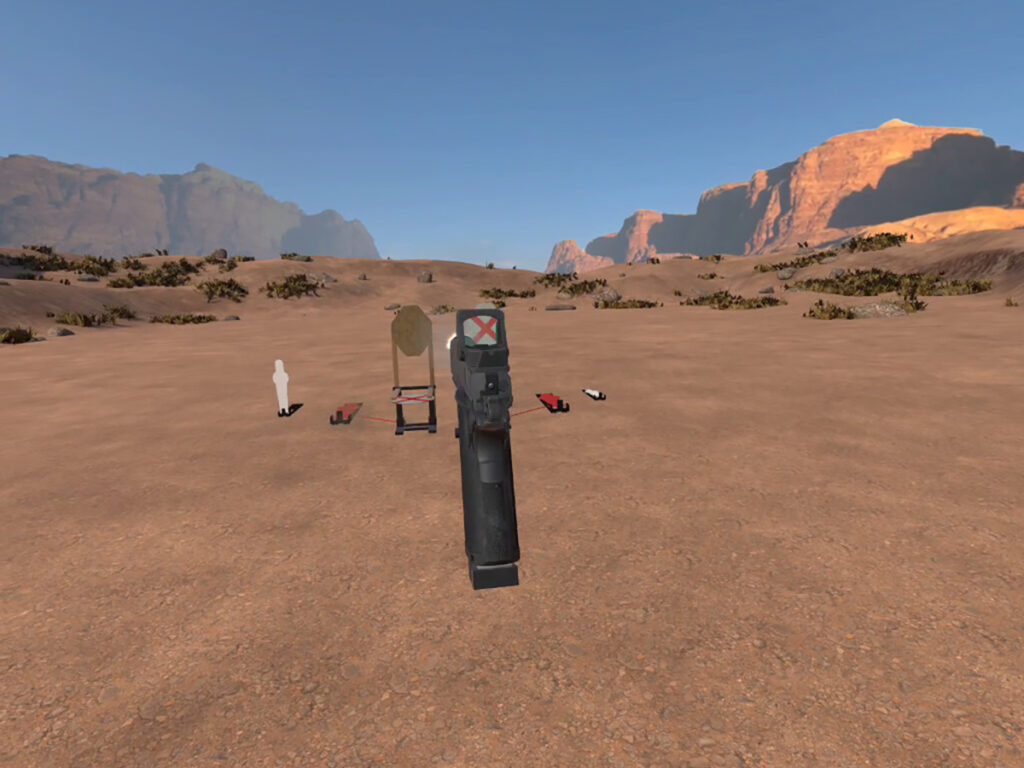
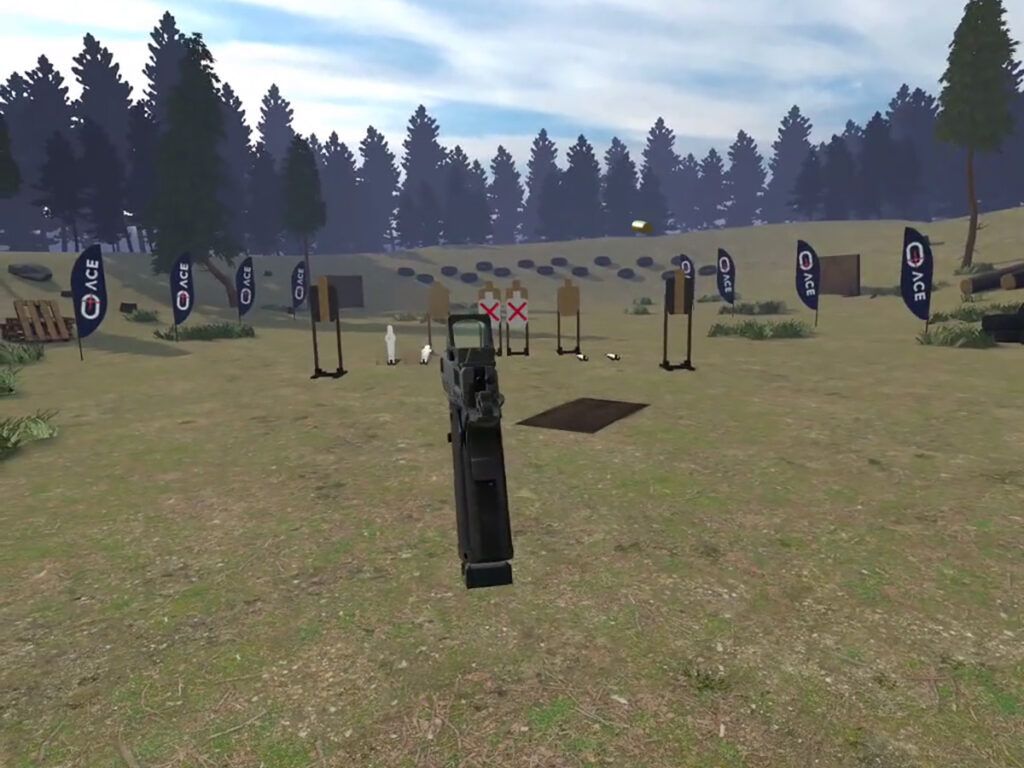


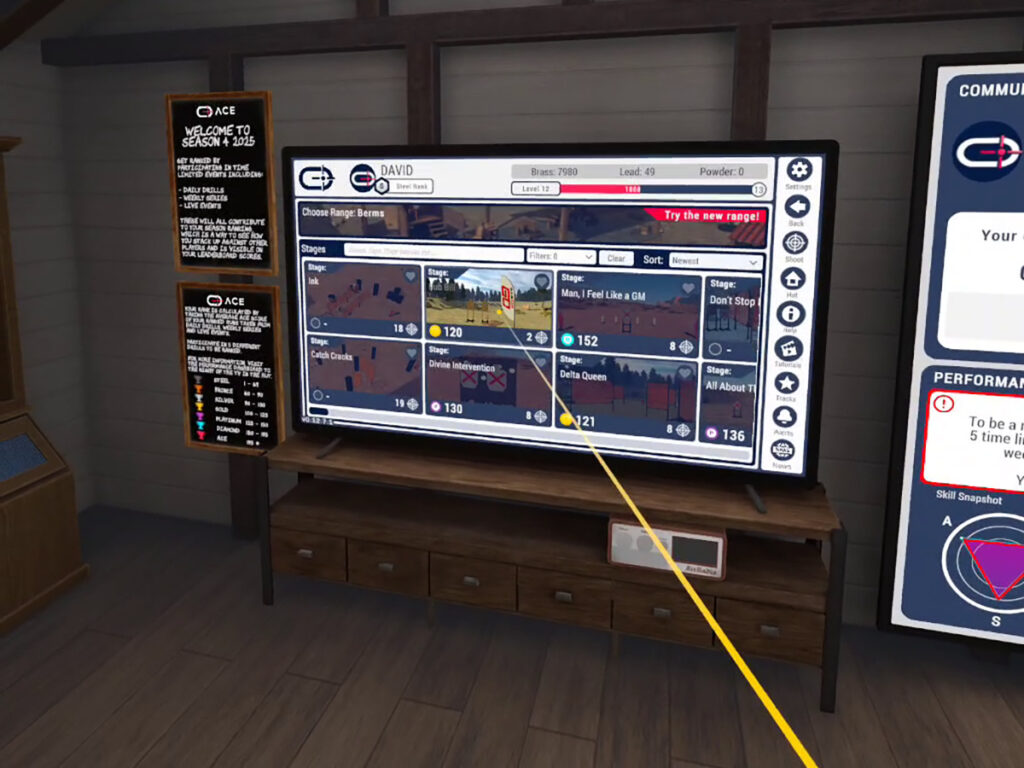

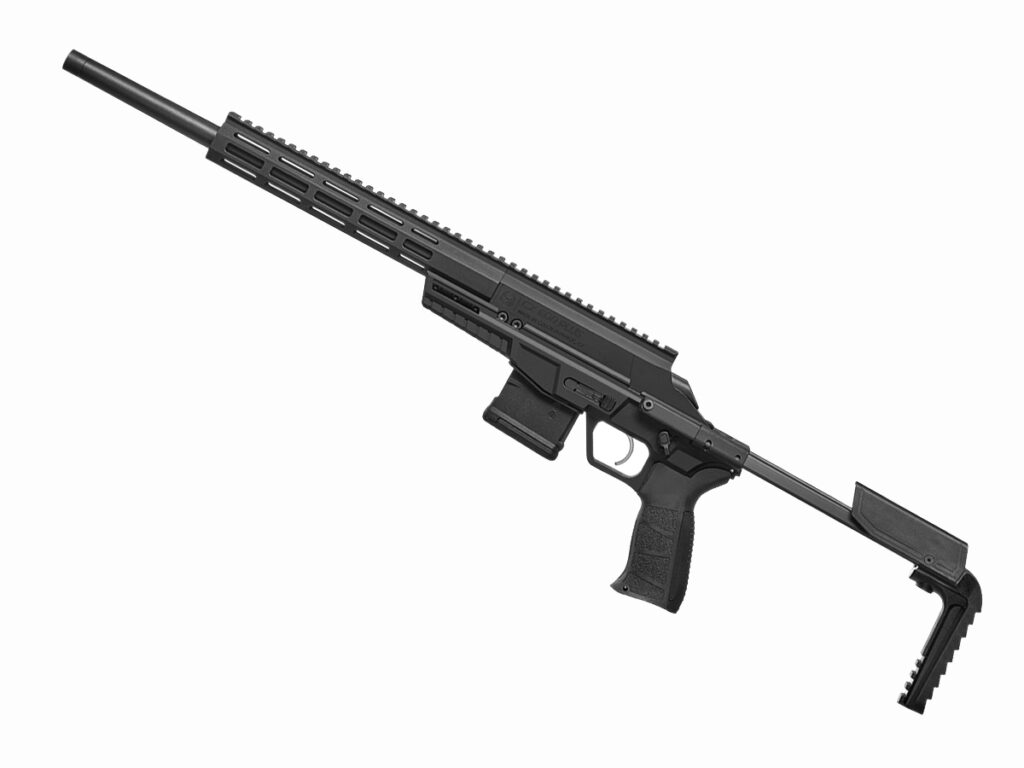
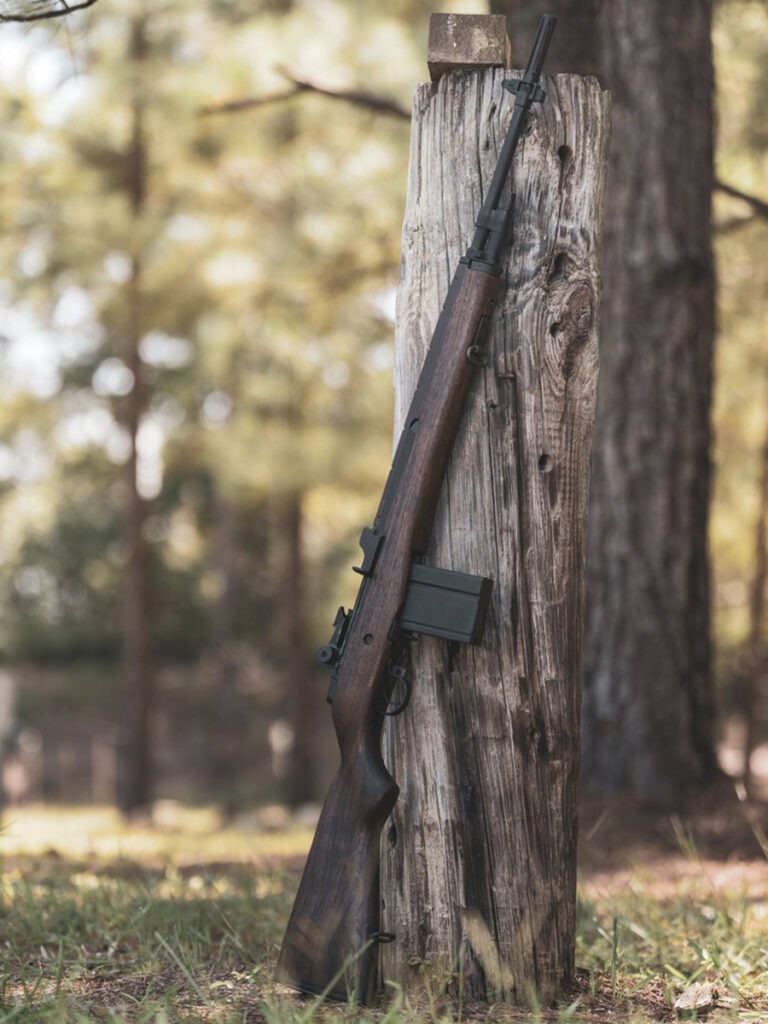

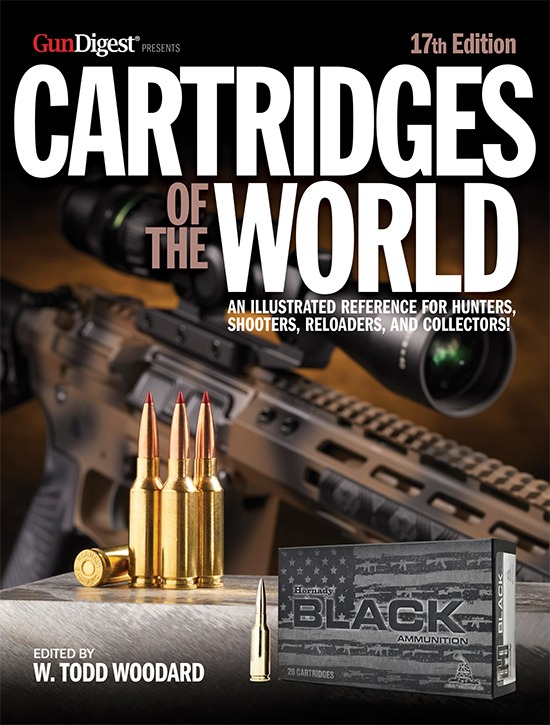


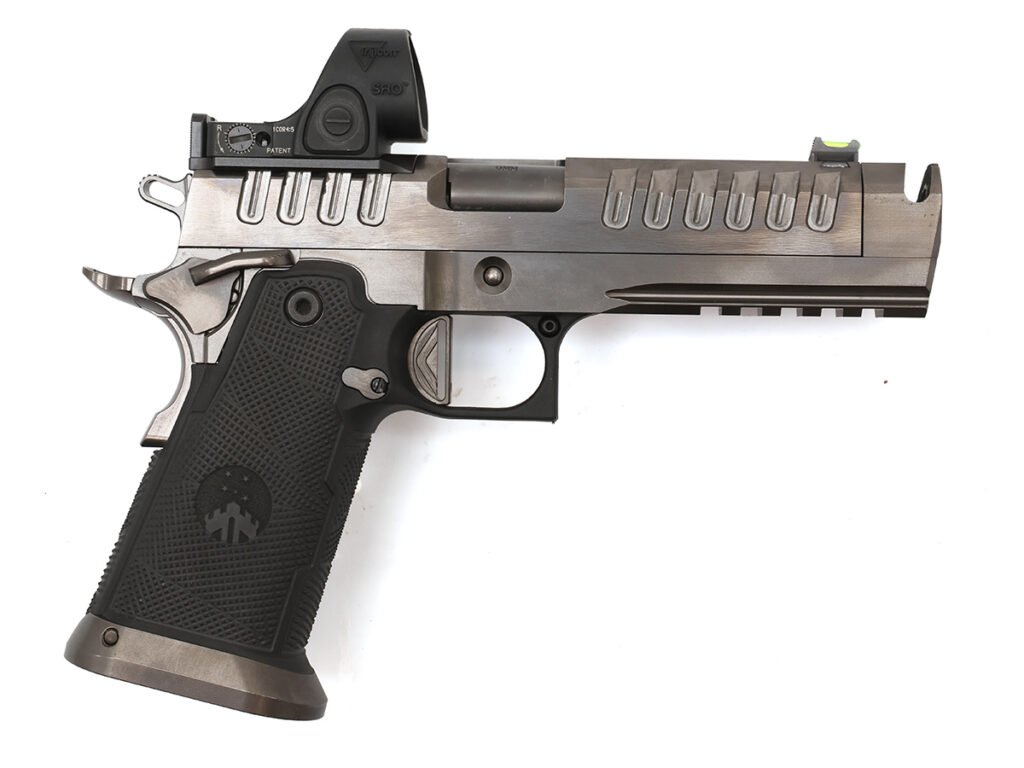
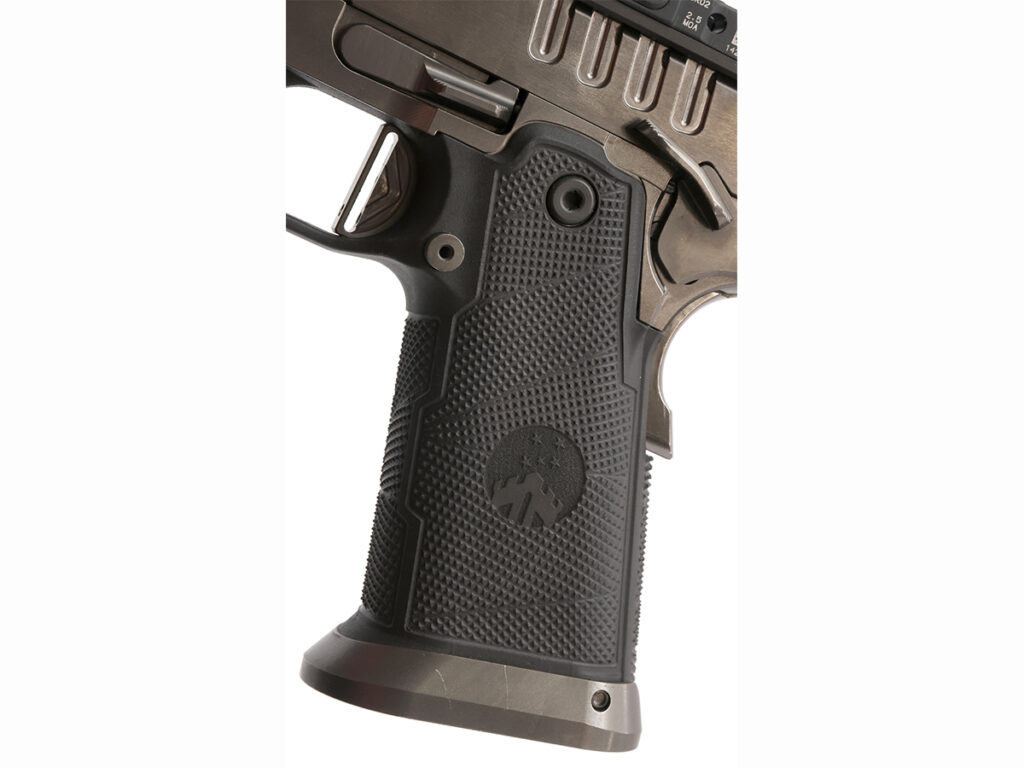
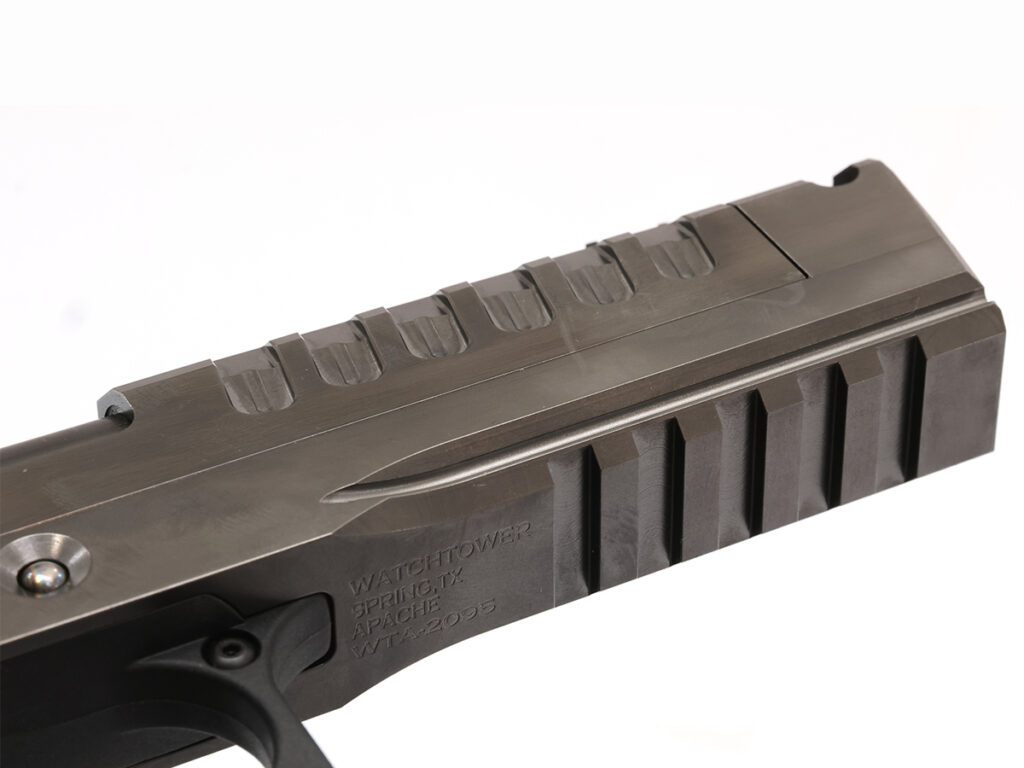
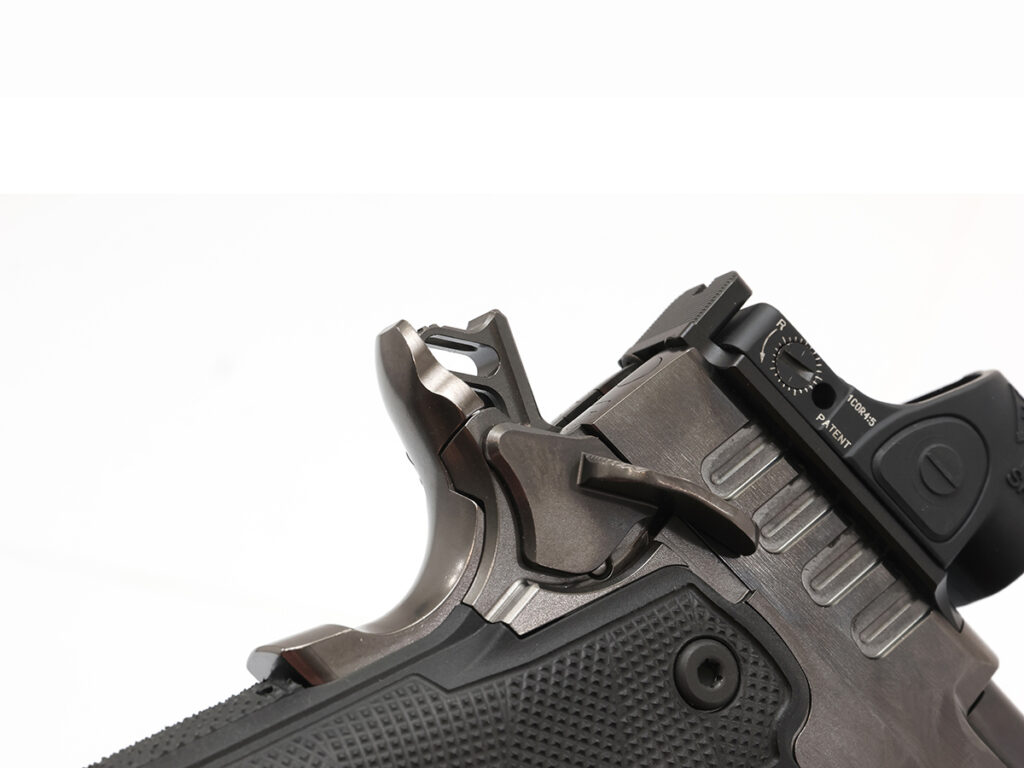
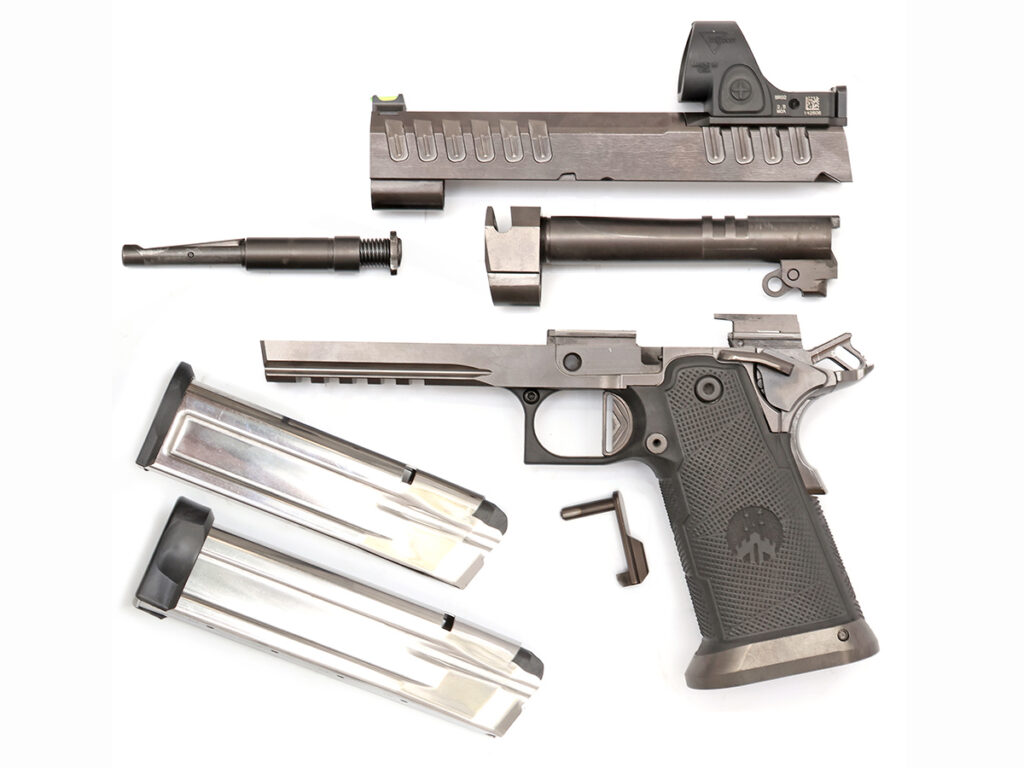
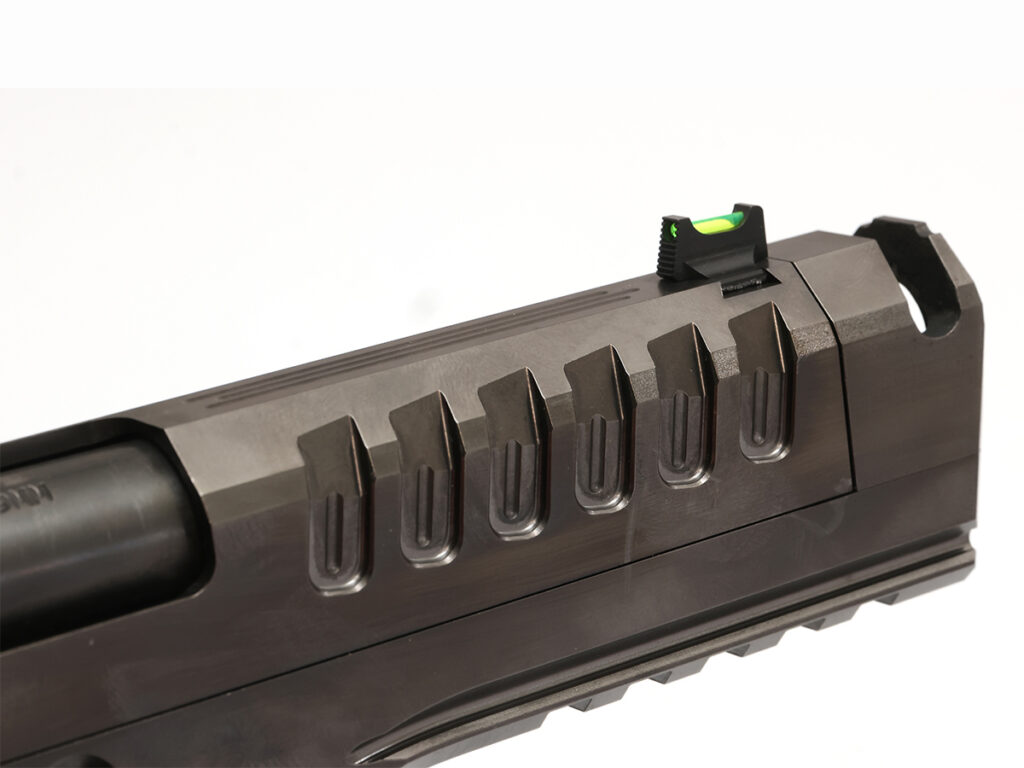
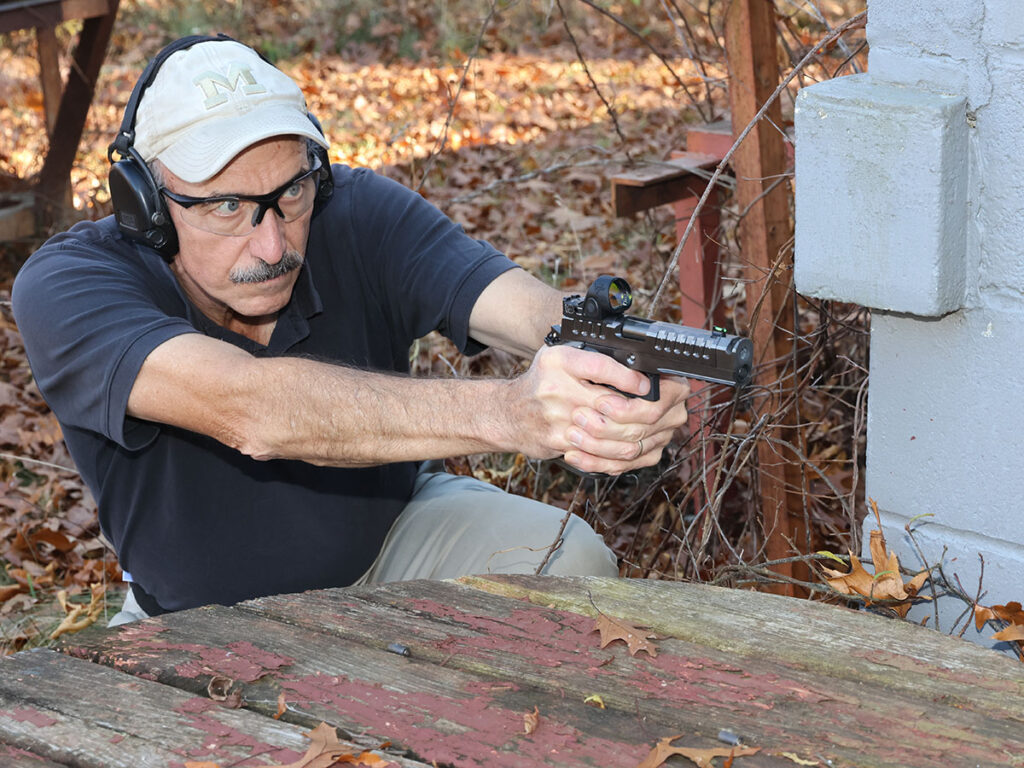
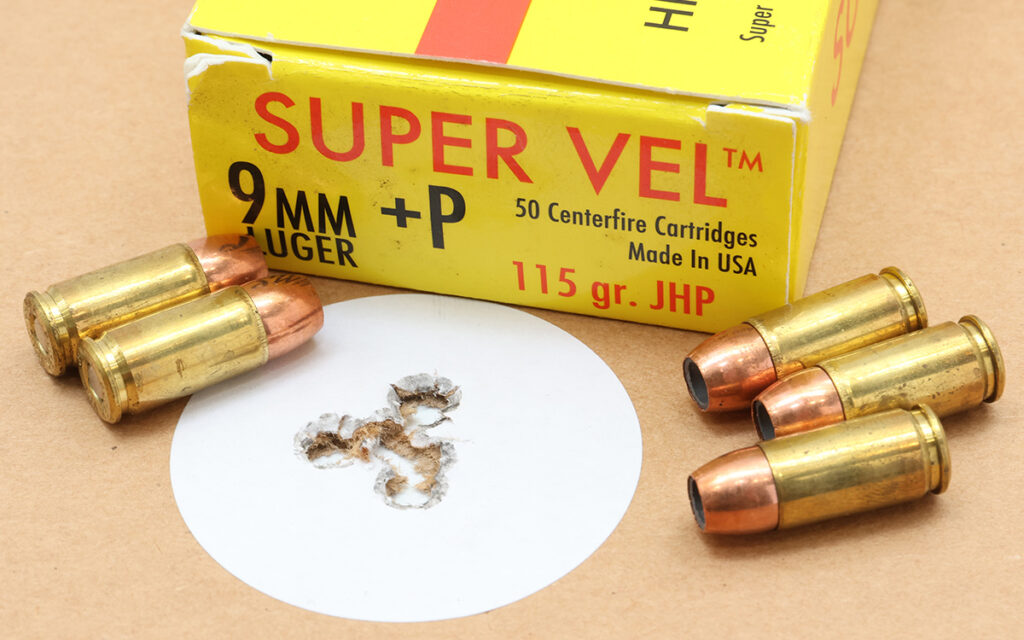
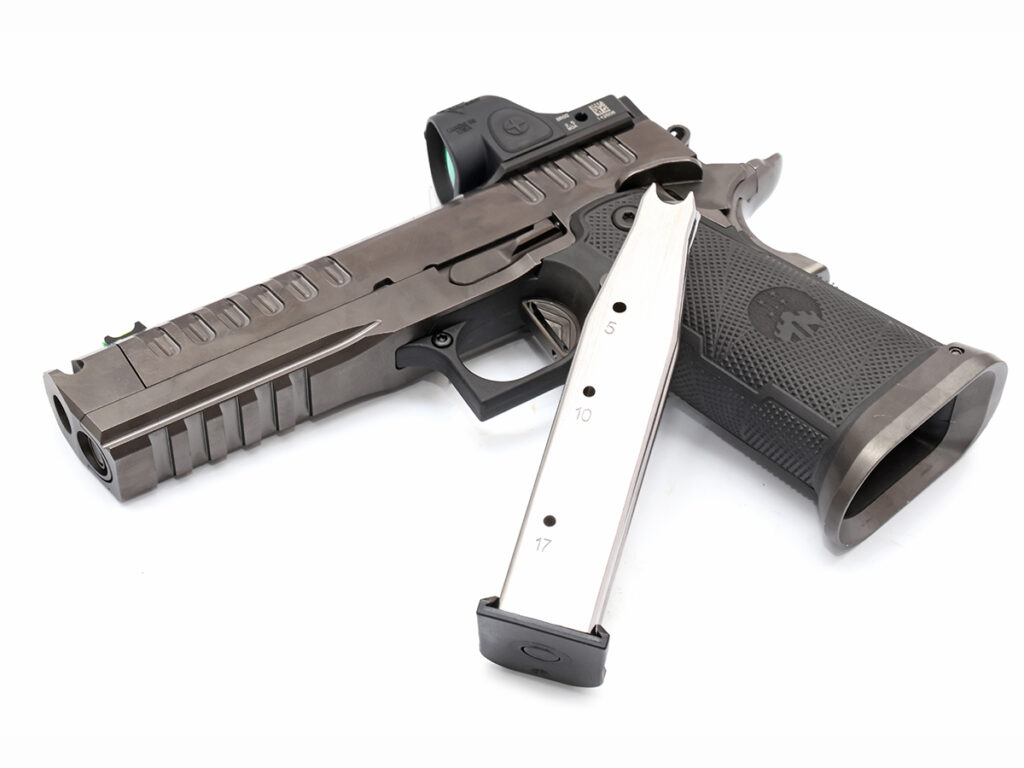
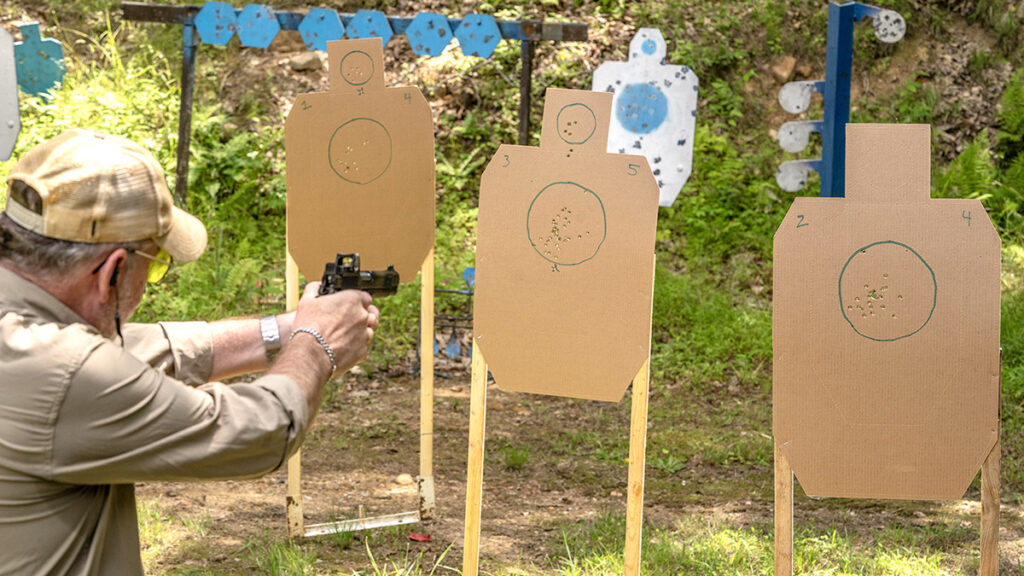
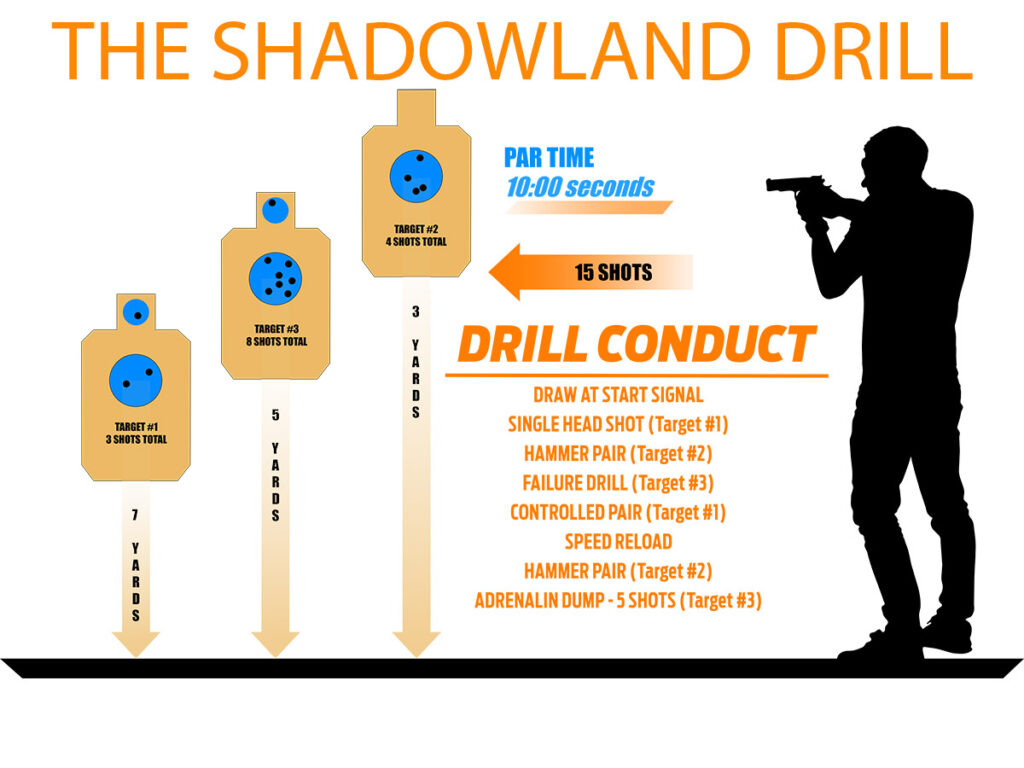

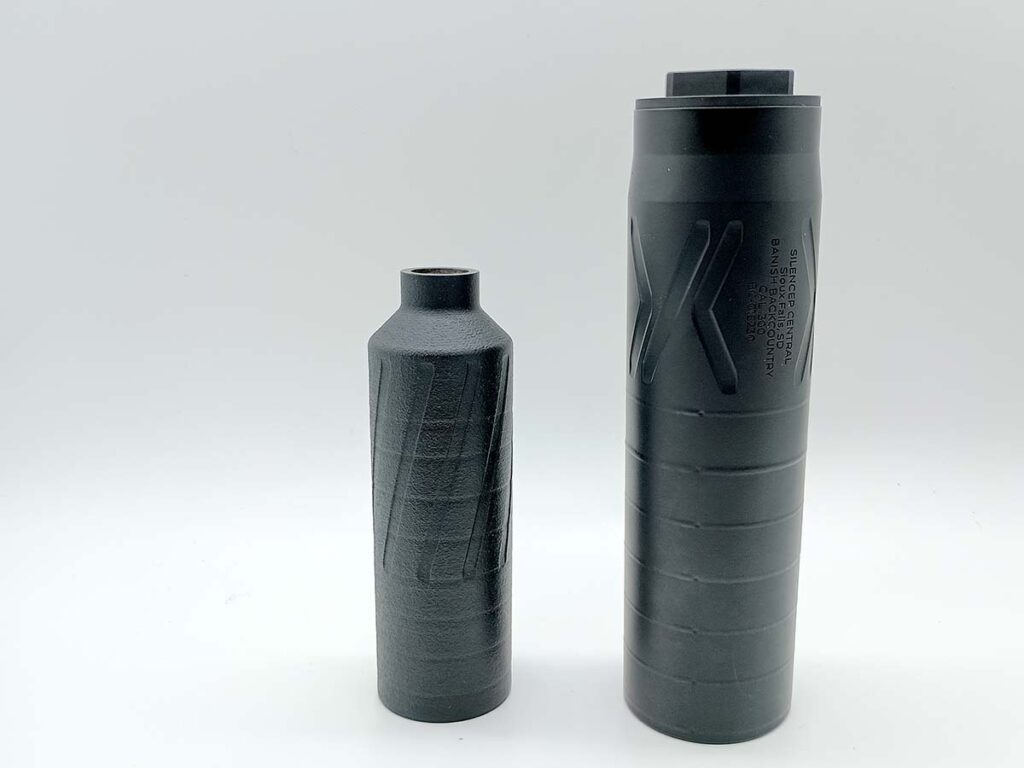


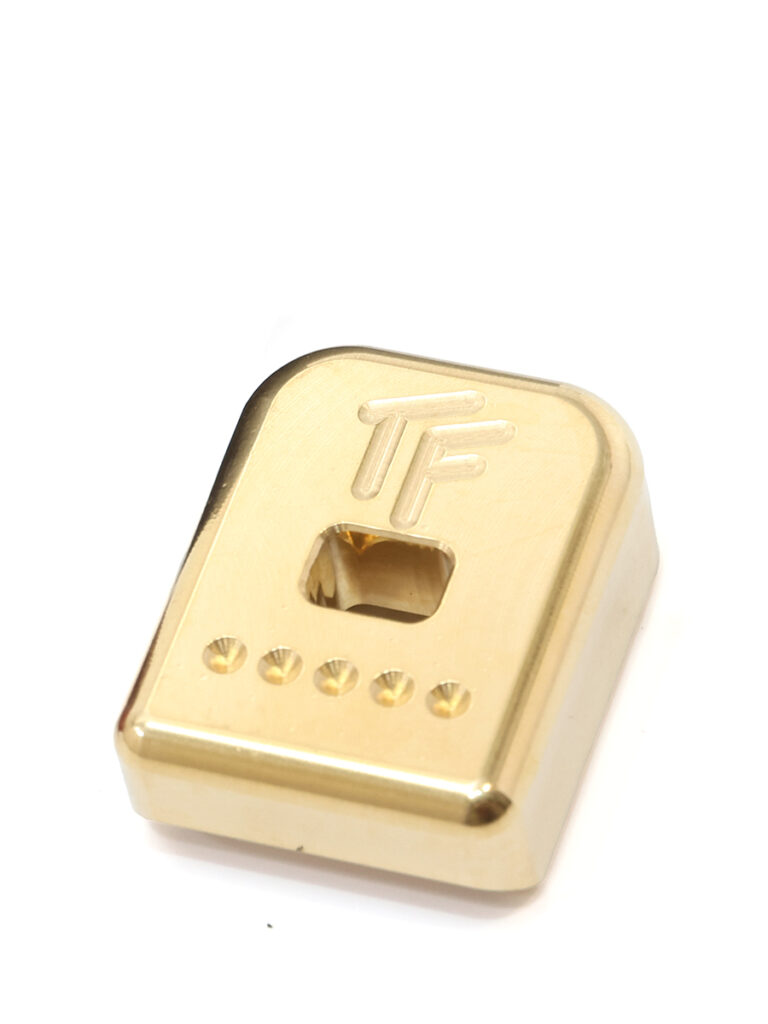
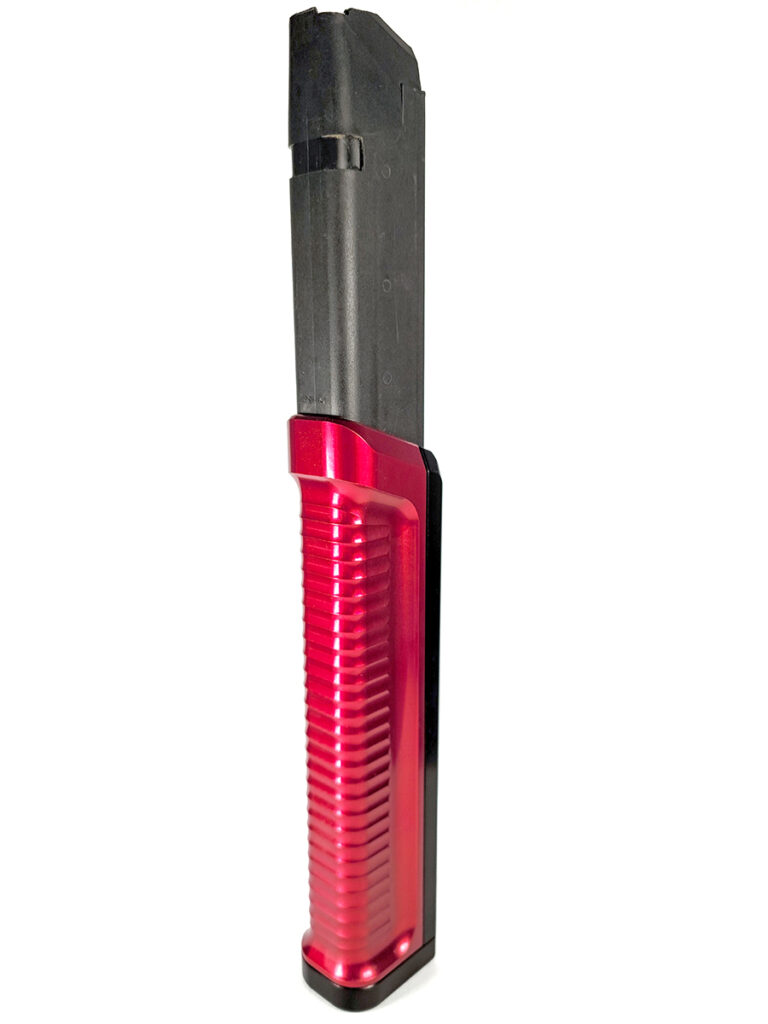
![Best Concealed Carry Guns In 2025 [Field Tested] Wilson Combat EDC X9S 1](https://gundigest.com/wp-content/uploads/Wilson-Combat-EDC-X9S-1-324x160.jpg)


![Best 9mm Carbine: Affordable PCCs [Tested] Ruger Carbine Shooting](https://gundigest.com/wp-content/uploads/Ruger-Carbine-Shooting-100x70.jpg)
![Best AR-15: Top Options Available Today [Field Tested] Harrington and Richardson PSA XM177E2 feature](https://gundigest.com/wp-content/uploads/Harrington-and-Richardson-PSA-XM177E2-feature-100x70.jpg)
